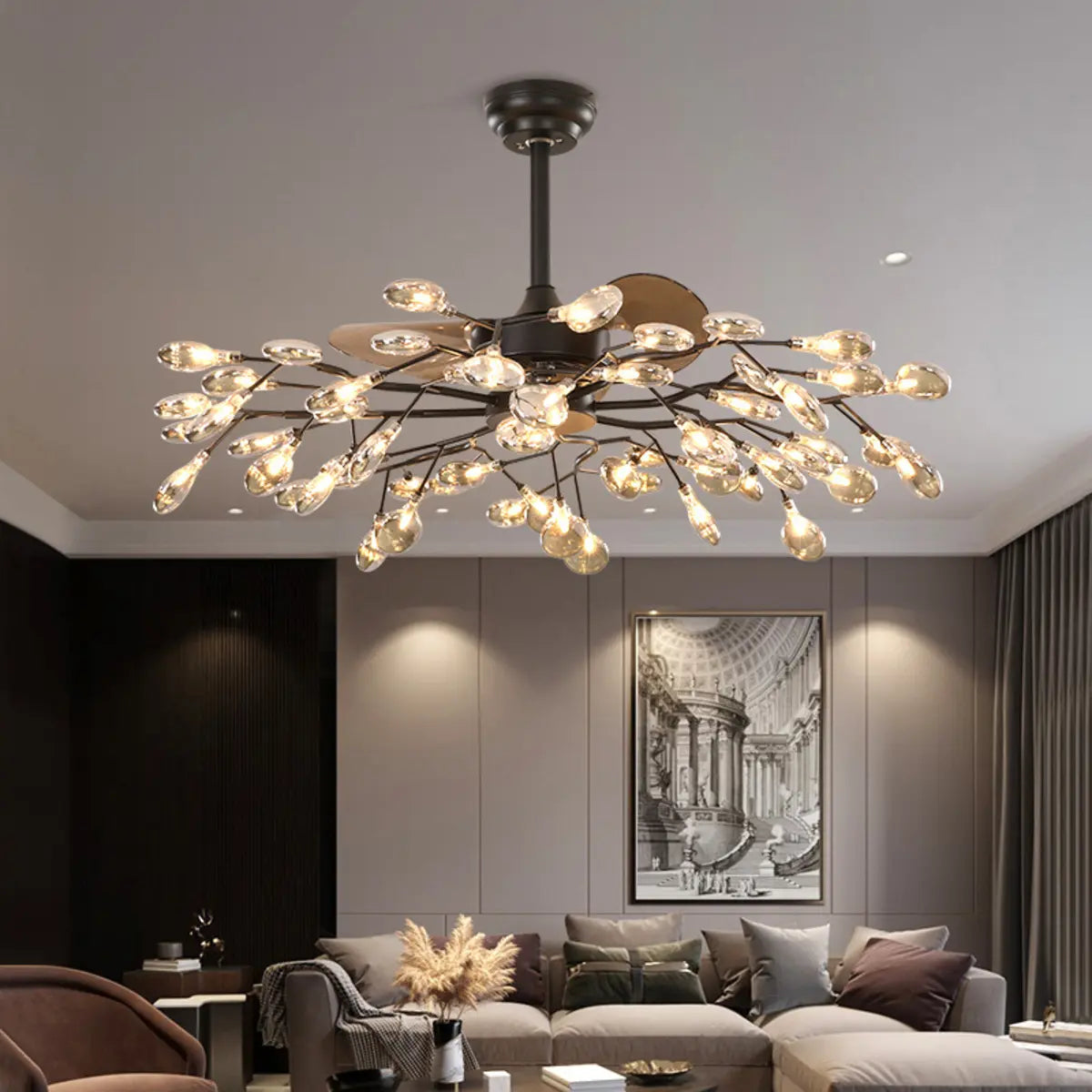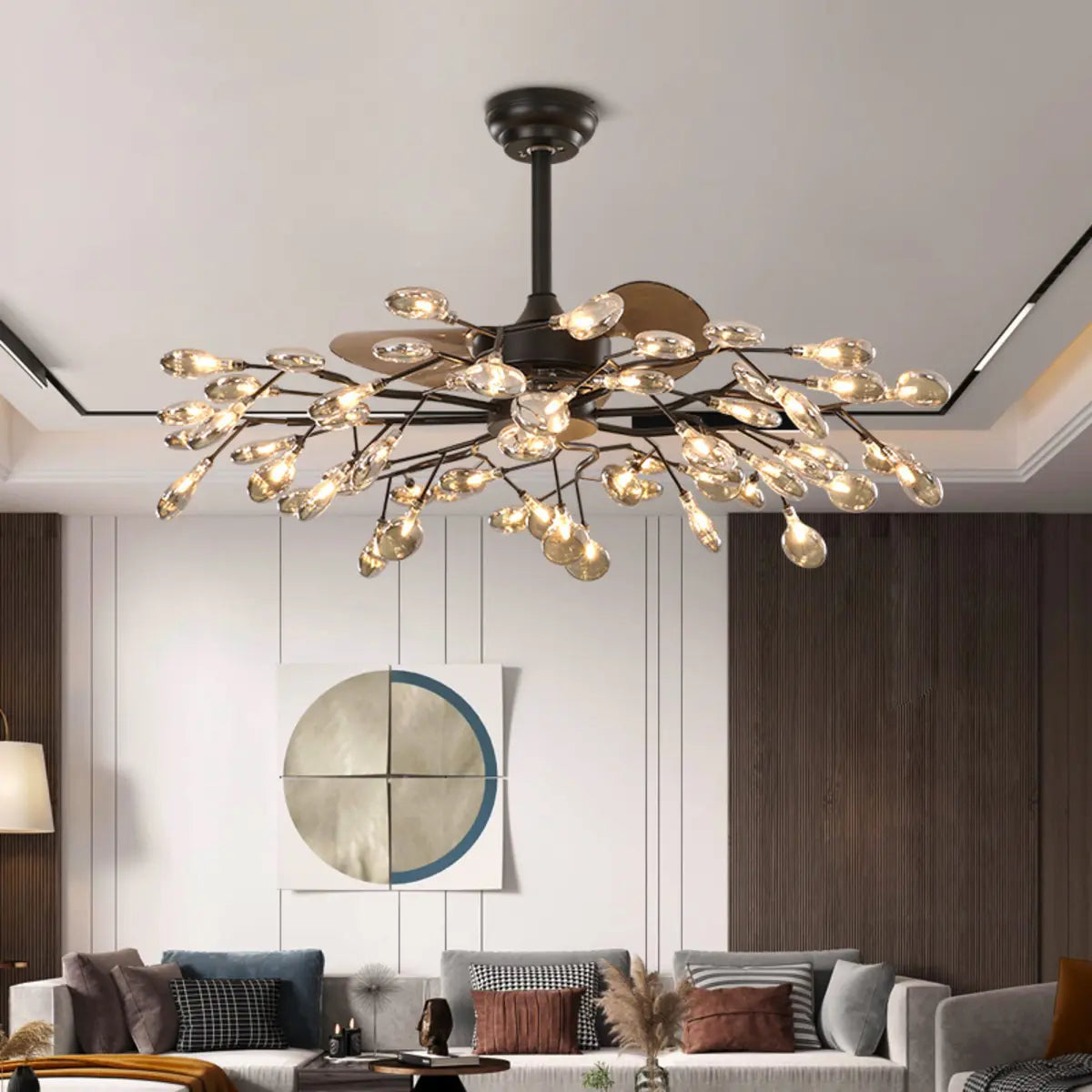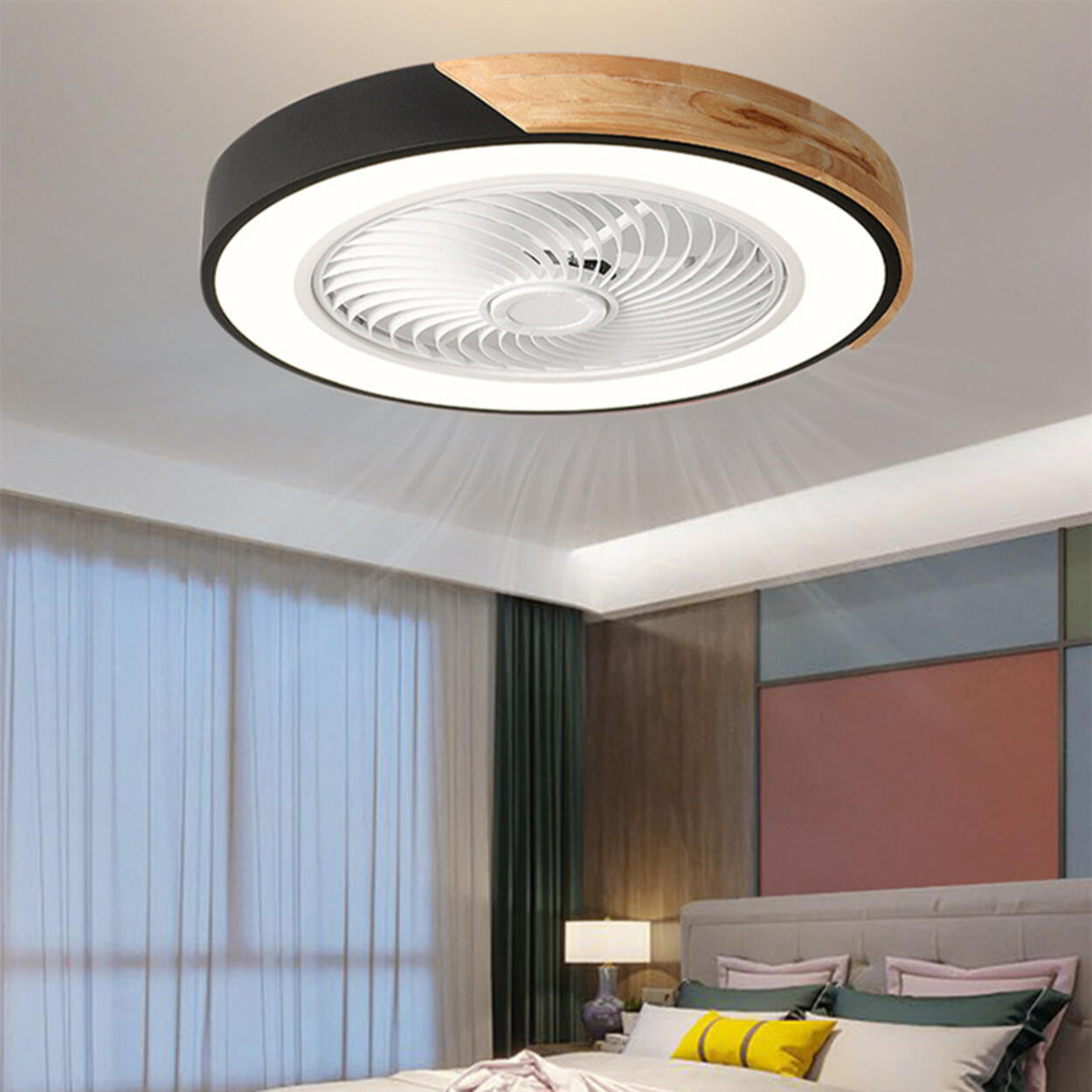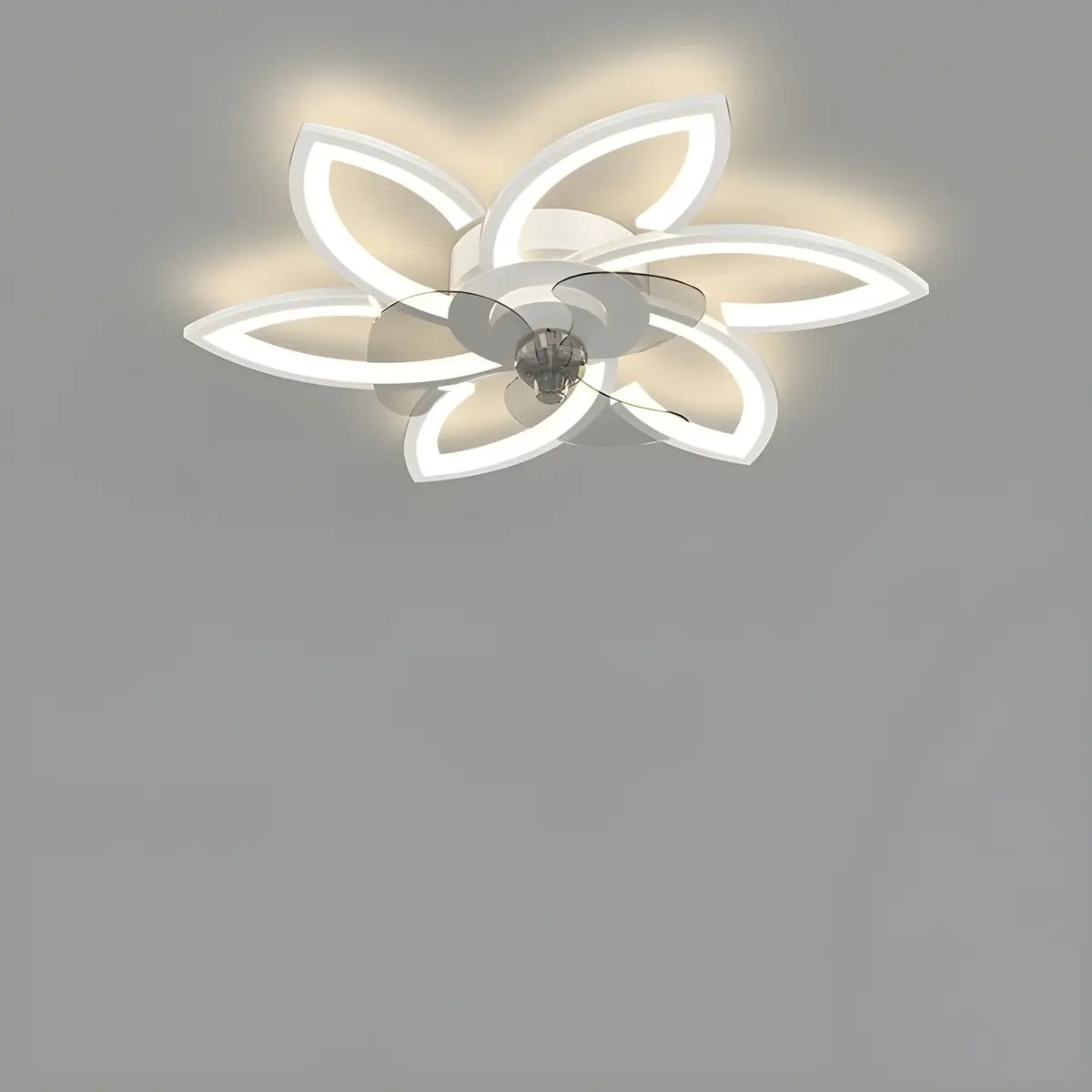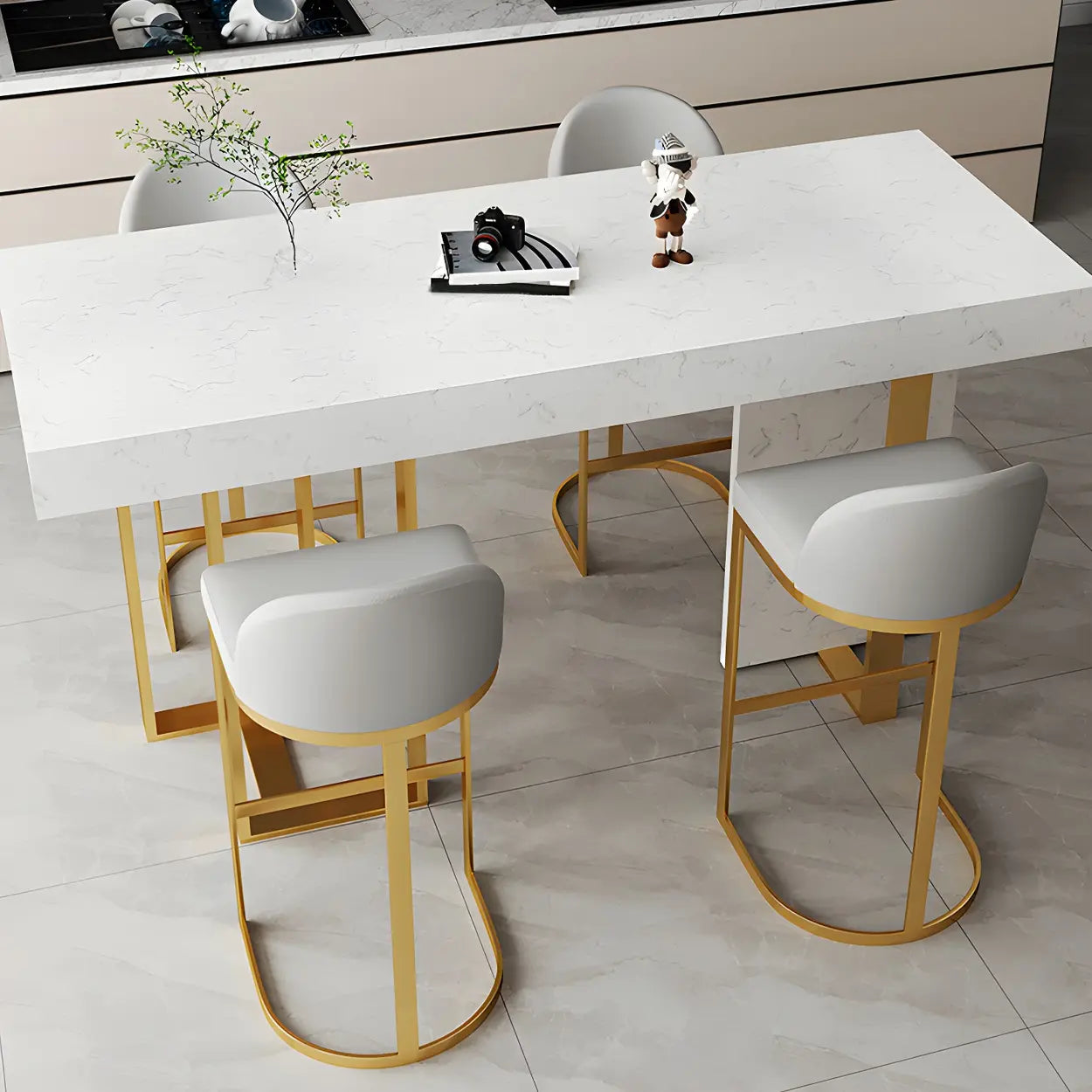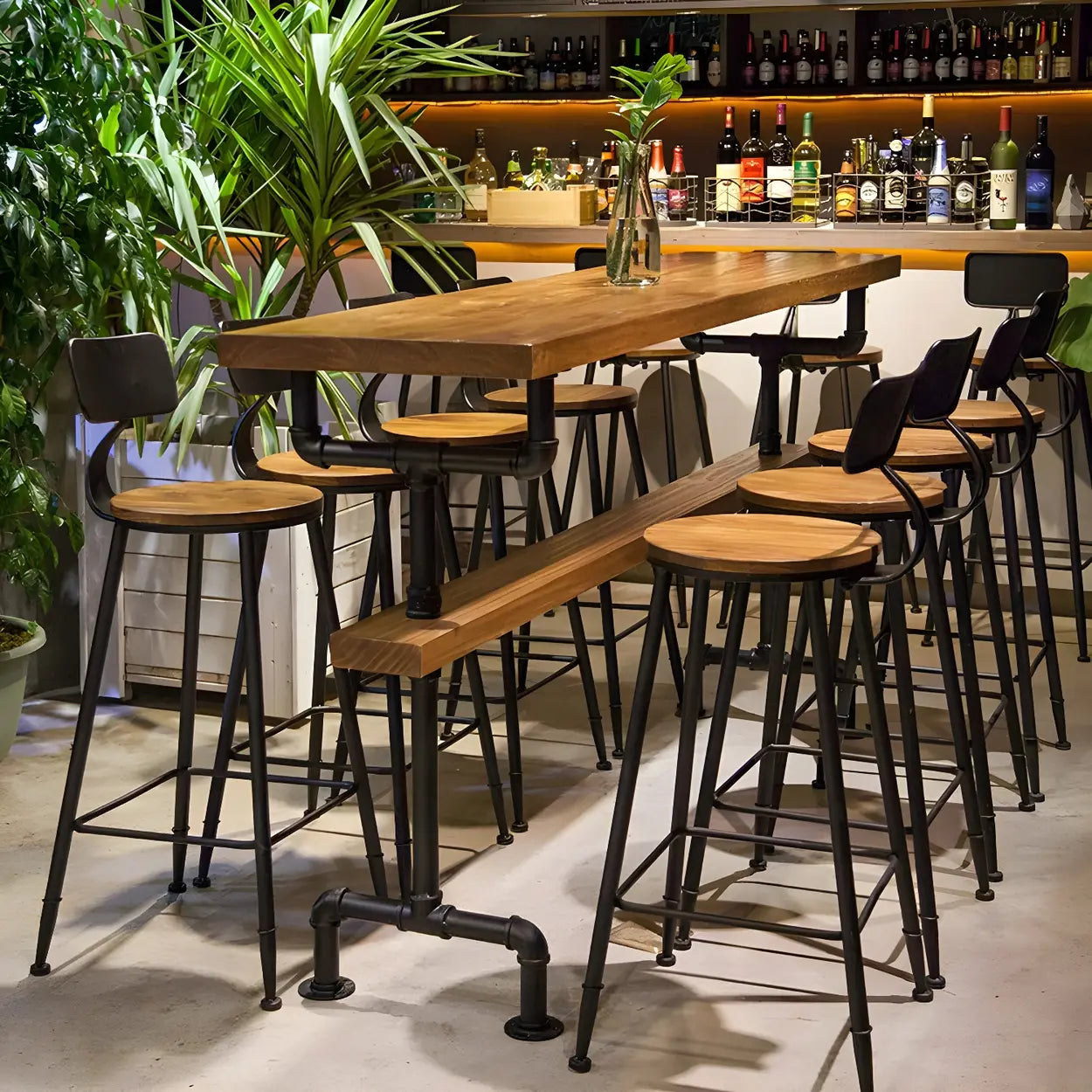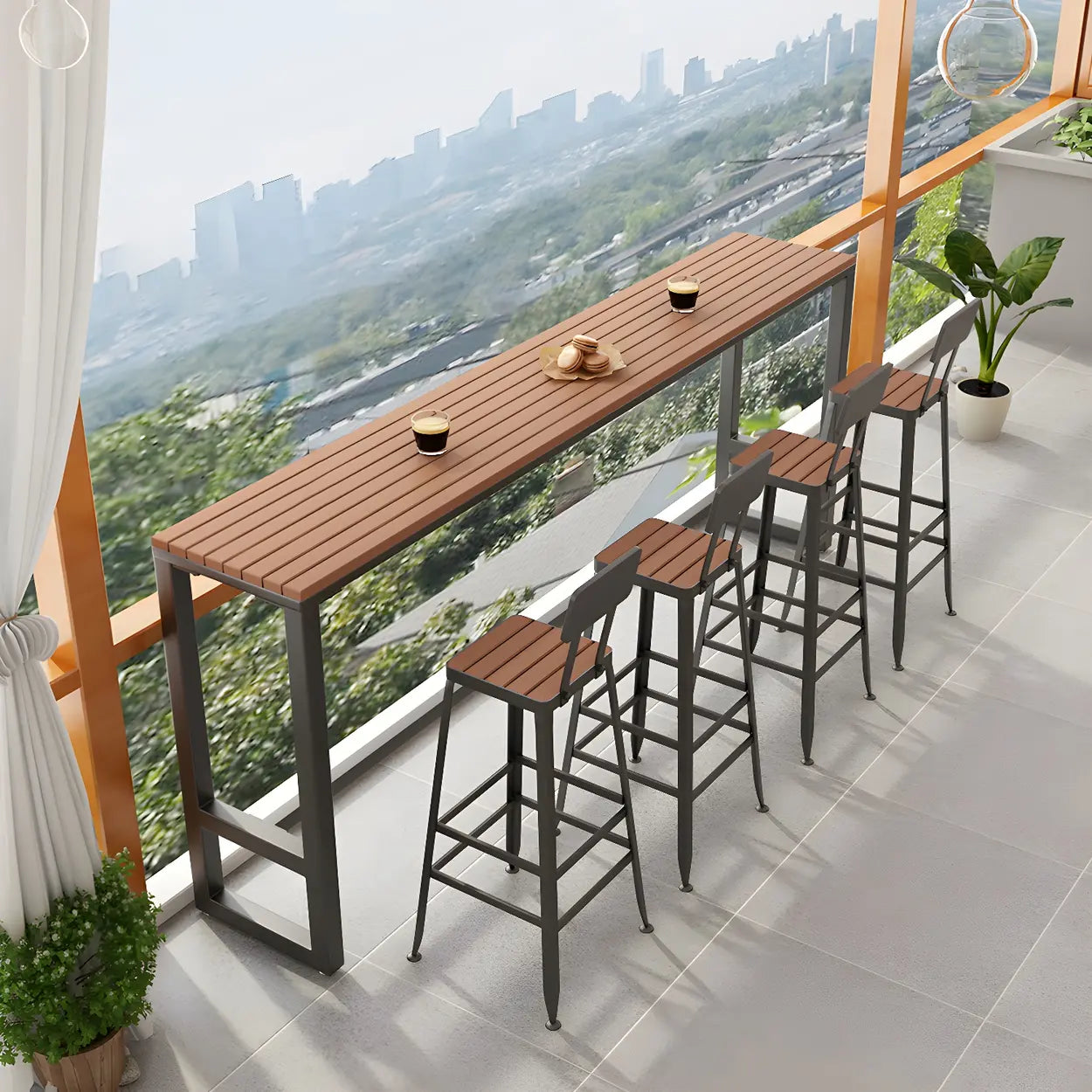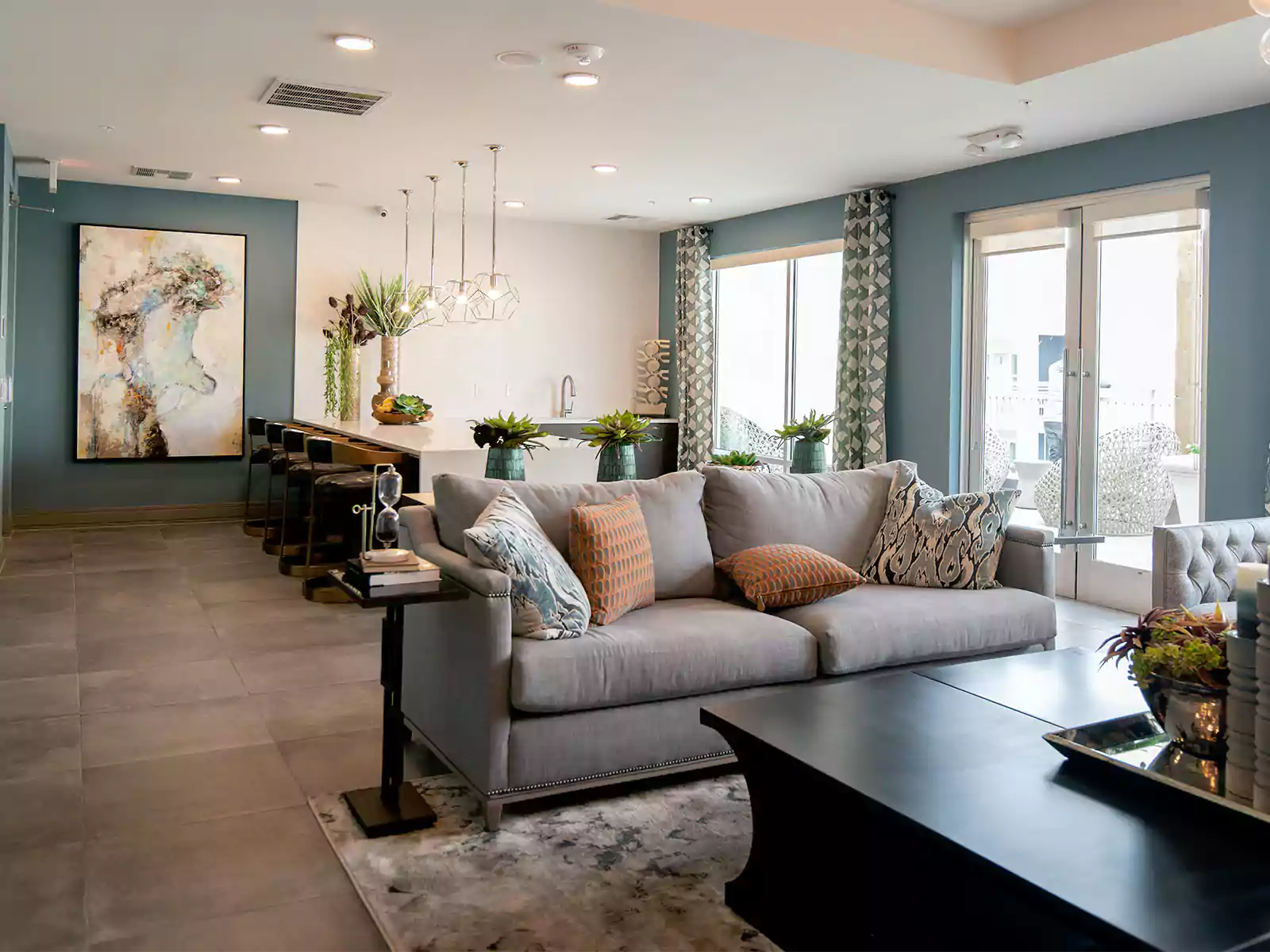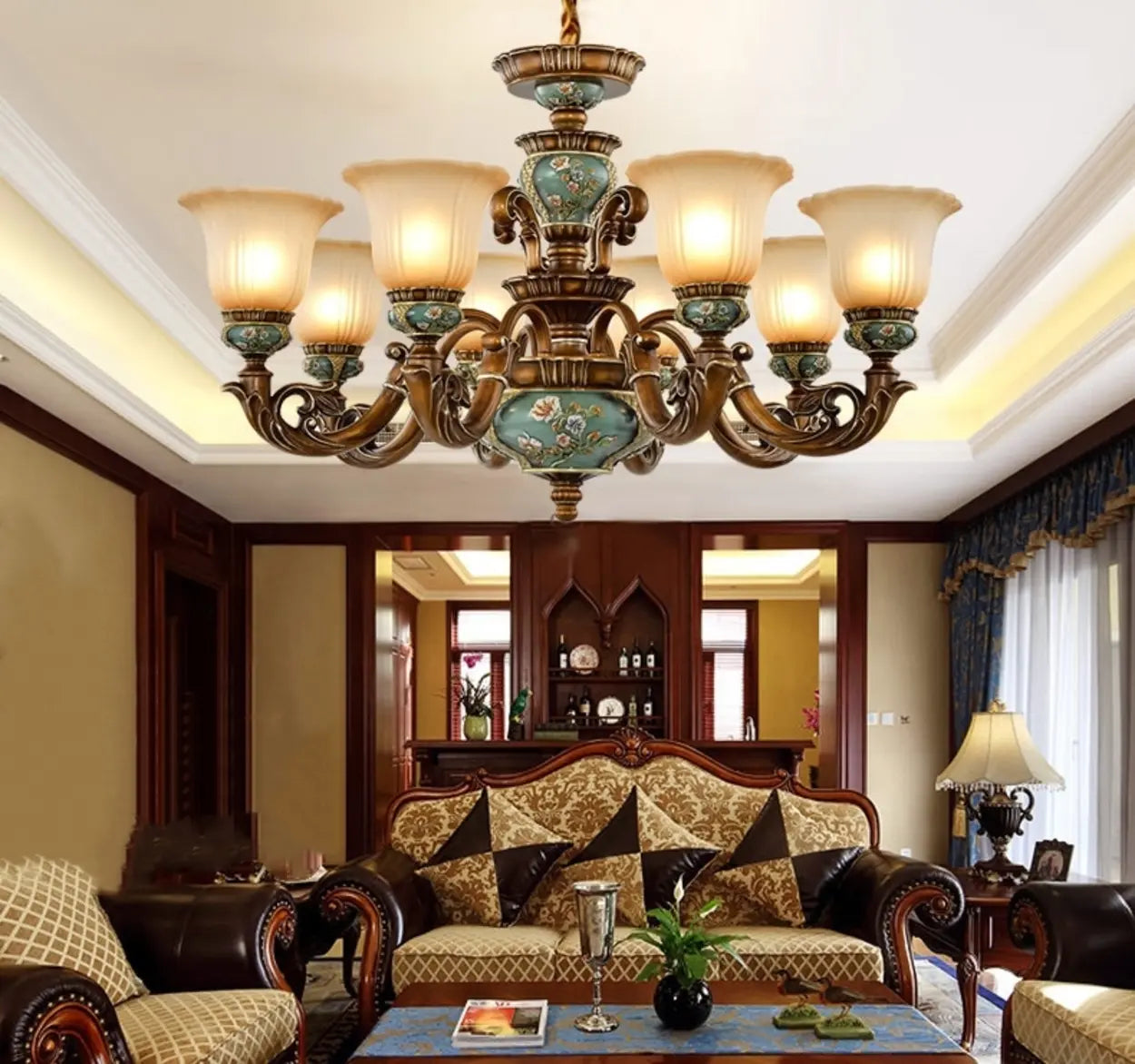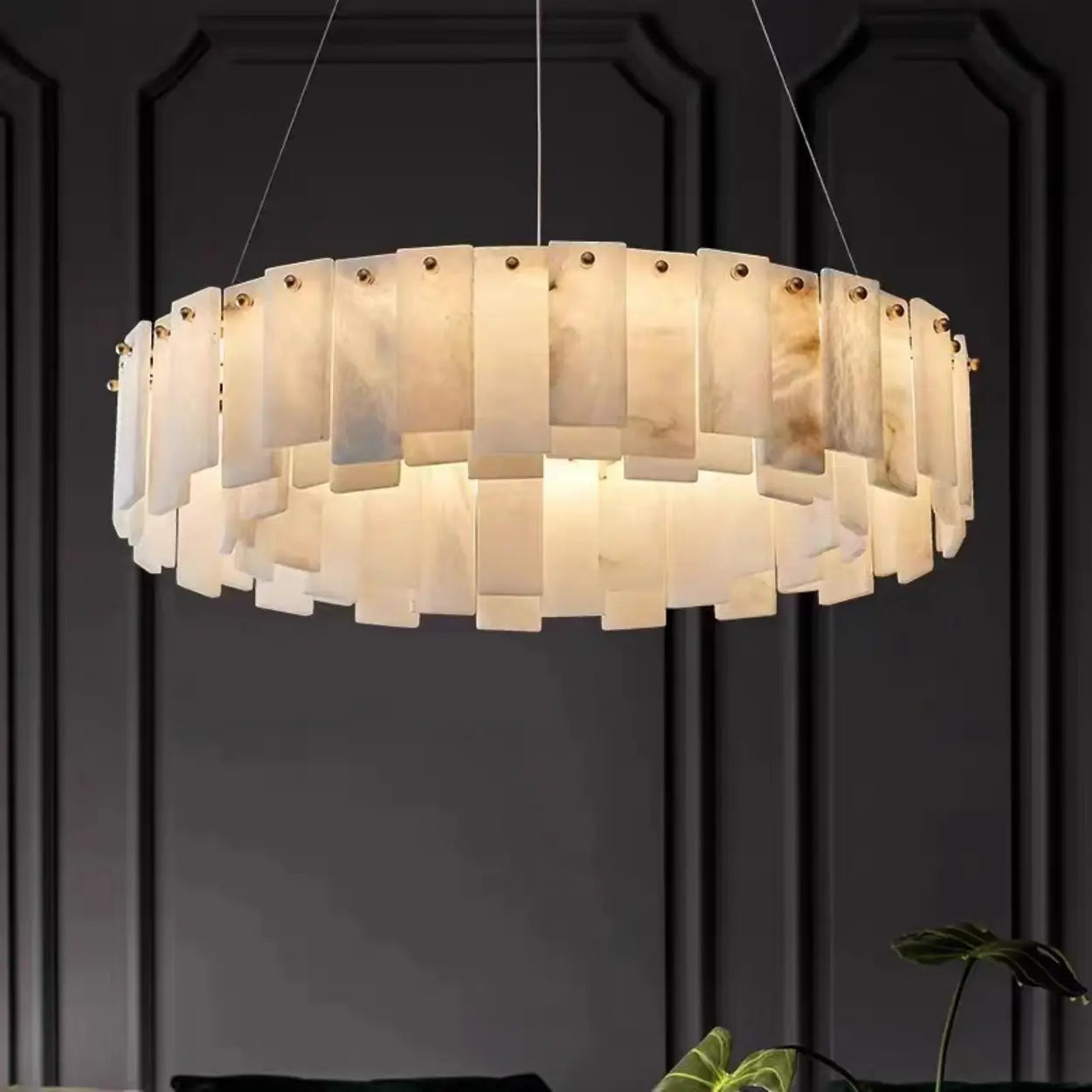Choosing between a sectional and modular sofa can feel confusing since both offer multi-seat configurations. The main difference lies in how the pieces connect and whether you can rearrange them later. Understanding these distinctions will help you pick the right sofa for your living room and lifestyle.
Table of Contents
- What is a Sectional Sofa?
- What is a Modular Sofa?
- Sectional vs Modular Sofa: Direct Comparison
- Which Sofa Type Should You Choose?
- Conclusion
- FAQ
What is a Sectional Sofa?

A sectional sofa consists of multiple pieces that connect together to form one large seating unit, typically in an L-shape or U-shape. These pieces are designed to stay in a fixed configuration.
Key features:
- Pre-designed layouts that work as a complete set
- Pieces connect with brackets or clips for stability
- Usually comes in standard shapes like L-shaped or U-shaped
- Less expensive than modular options
- Difficult to rearrange once assembled
What is a Modular Sofa?

A modular sofa includes individual seating pieces that you can arrange and rearrange in multiple ways. Each piece functions independently but connects with others to create different layouts.
Key features:
- Individual pieces you can move and rearrange
- Pieces include single seats, corners, ottomans, and chaises
- Flexible layouts that adapt to different spaces
- Higher price point due to versatility
- Easy to transport through narrow doorways
Sectional vs Modular Sofa: Direct Comparison
Now let's compare these two sofa types across the factors that matter most for your decision.
| Feature | Sectional Sofa | Modular Sofa |
|---|---|---|
| Flexibility | Fixed layout, hard to change | Fully rearrangeable anytime |
| Price Range | Lower cost (20-40% less) | Higher upfront investment |
| Moving | Difficult through doorways | Easy to transport in pieces |
| Stability | Very stable, won't shift | May develop small gaps |
| Best For | Set room layouts | Changing needs and spaces |
1. Design and flexibility
Sectional sofas lock you into one layout. Once assembled, you're stuck with the original setup unless you're willing to deal with exposed connection points. This works fine if you know exactly how you want your room arranged and don't plan to change it.
Modular sofas give you complete freedom to rearrange. Move pieces around to suit different occasions, room changes, or when you move homes. You can start with a few pieces and add more later as your space or budget allows.
2. Price and value
Sectionals typically cost 20-40% less than modular sofas of similar quality. You're paying for a set design, which reduces manufacturing complexity. This makes sectionals a smart choice if budget matters more than flexibility.
Modular sofas cost more upfront but offer long-term value. If one piece gets damaged, you replace only that section instead of the entire sofa. The ability to rearrange also means your sofa adapts as your needs change, potentially saving you from buying new furniture later.
3. Moving and transportation
Sectionals present real challenges when moving. Large connected pieces struggle through doorways, up stairs, and around corners. You might need to partially take them apart, which can damage connection points or leave visible hardware.

Modular sofas break down into smaller pieces that fit through tight spaces easily. This matters not just for moving homes but also for delivery, room rearrangement, or taking the sofa to a new house later.
4. Durability and stability
Sectional sofas offer better stability once assembled. The fixed connections between pieces create a solid, unified structure that won't shift apart during use. This lasting connection means fewer gaps developing between cushions over time.
Modular sofas can develop small gaps between pieces with regular use, especially if the connectors loosen. However, quality modular designs use strong connection systems that minimize this issue. You may need to occasionally push pieces back together.
5. Room size and layout requirements
Sectionals work best in dedicated spaces with consistent layouts. They're ideal for corner placements or defining a conversation area in open floor plans. However, they require careful measurement since you can't easily adjust if the fit isn't perfect.
Modular sofas adapt to various room sizes and shapes. Start with a smaller setup and expand later, or downsize if you move to a smaller space. This flexibility suits renters, growing families, or anyone who likes refreshing their room layout.
Which Sofa Type Should You Choose?
The right choice depends on your specific situation and priorities.
Best for sectional sofas
| Situation | Why It Works |
| Homeowners with set layouts | No need to rearrange furniture |
| Budget-conscious buyers | Lower upfront cost |
| Media rooms or basements | Layout rarely changes |
| Corner seating needs | Designed for corner placement |
Best for modular sofas
| Situation | Why It Works |
| Renters or frequent movers | Easy to transport and reconfigure |
| Changing family needs | Add or remove pieces as needed |
| Entertainment variety | Rearrange for different gatherings |
| Shared living spaces | Roommates can take pieces when moving |
Conclusion
The sectional vs modular sofa debate comes down to stability versus flexibility. Sectional couches offer a solid, budget-friendly option for set layouts, while modular couches provide flexibility at a higher price. Consider how often you move, whether your space might change, and if the extra cost of flexibility matches your lifestyle needs.
FAQ
Can you separate a sectional sofa?
Can you separate a sectional sofa?
Most sectionals can be physically separated, but they're not designed for it. Exposed brackets may appear, and individual pieces may look incomplete on their own.
Is a modular sofa worth the extra cost?
Is a modular sofa worth the extra cost?
If you move often, enjoy rearranging furniture, or need flexibility for changing needs, the extra cost is worthwhile. Otherwise, sectionals offer better value.
Which is more comfortable: sectional or modular?
Which is more comfortable: sectional or modular?
Comfort depends on cushion quality and frame construction, not type. Both come in various comfort levels, so test seating depth, cushion firmness, and back support.
Do modular sofas fall apart easily?
Do modular sofas fall apart easily?
No. Quality modular sofas use strong connectors. Cheaper models may develop gaps over time, so check connector quality and reviews for long-term stability.
Can I add pieces to my sectional sofa later?
Can I add pieces to my sectional sofa later?
Usually not. Sectionals are sold as complete sets, and manufacturers rarely sell individual pieces. Matching discontinued models is also difficult.
Which is better for small spaces?
Which is better for small spaces?
Modular sofas are better for small spaces. You can start with fewer pieces and arrange them to fit your room, whereas sectionals require enough space for their full configuration.

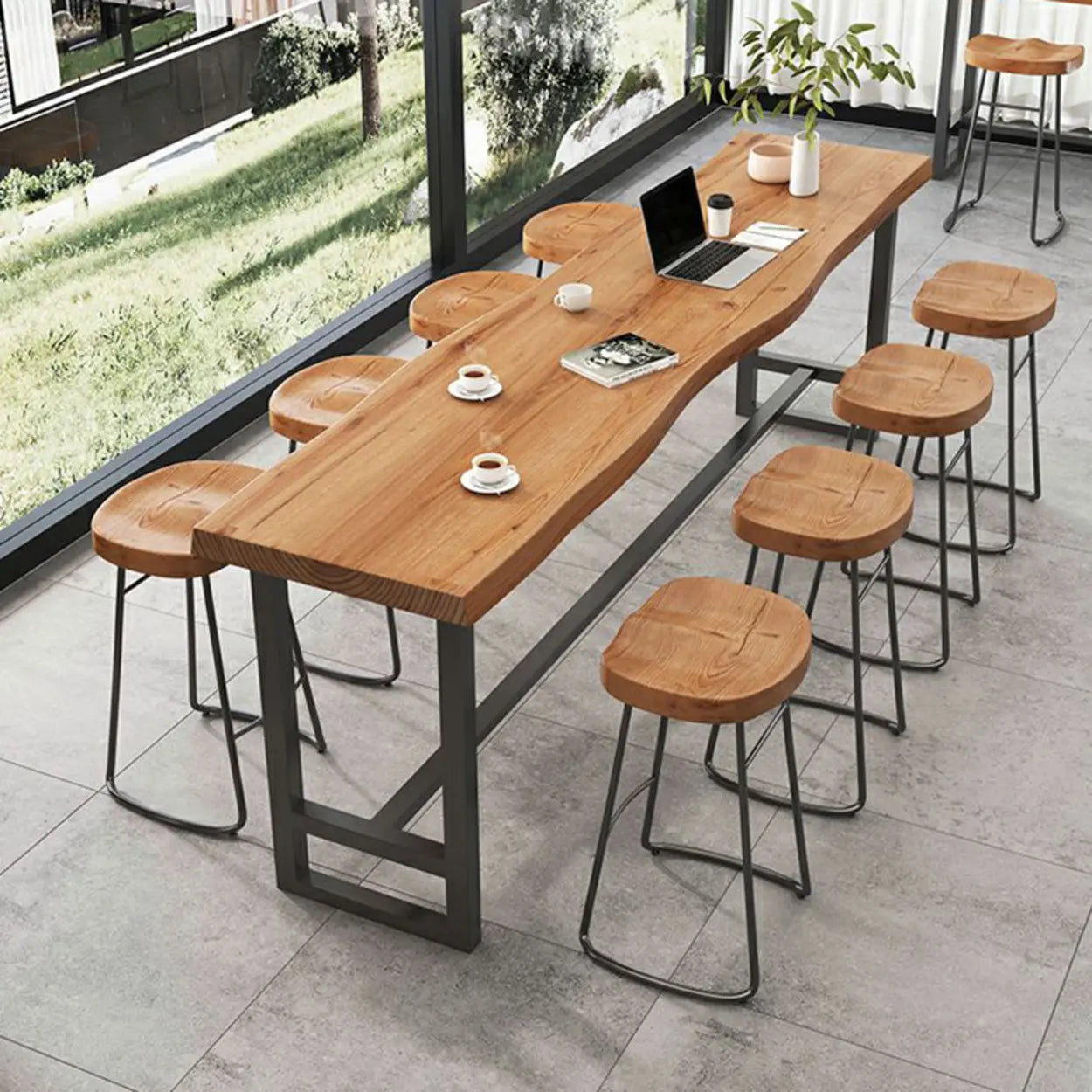
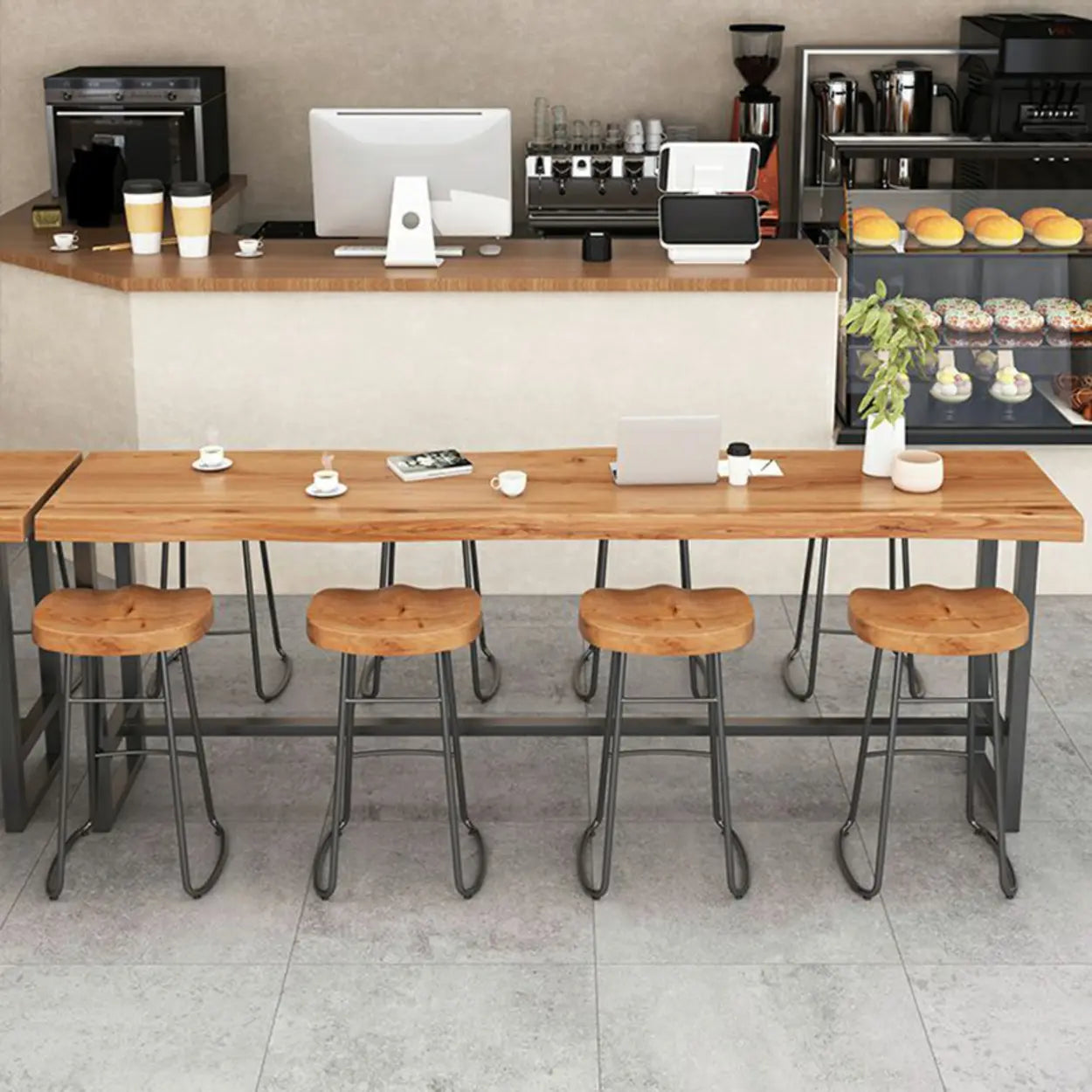
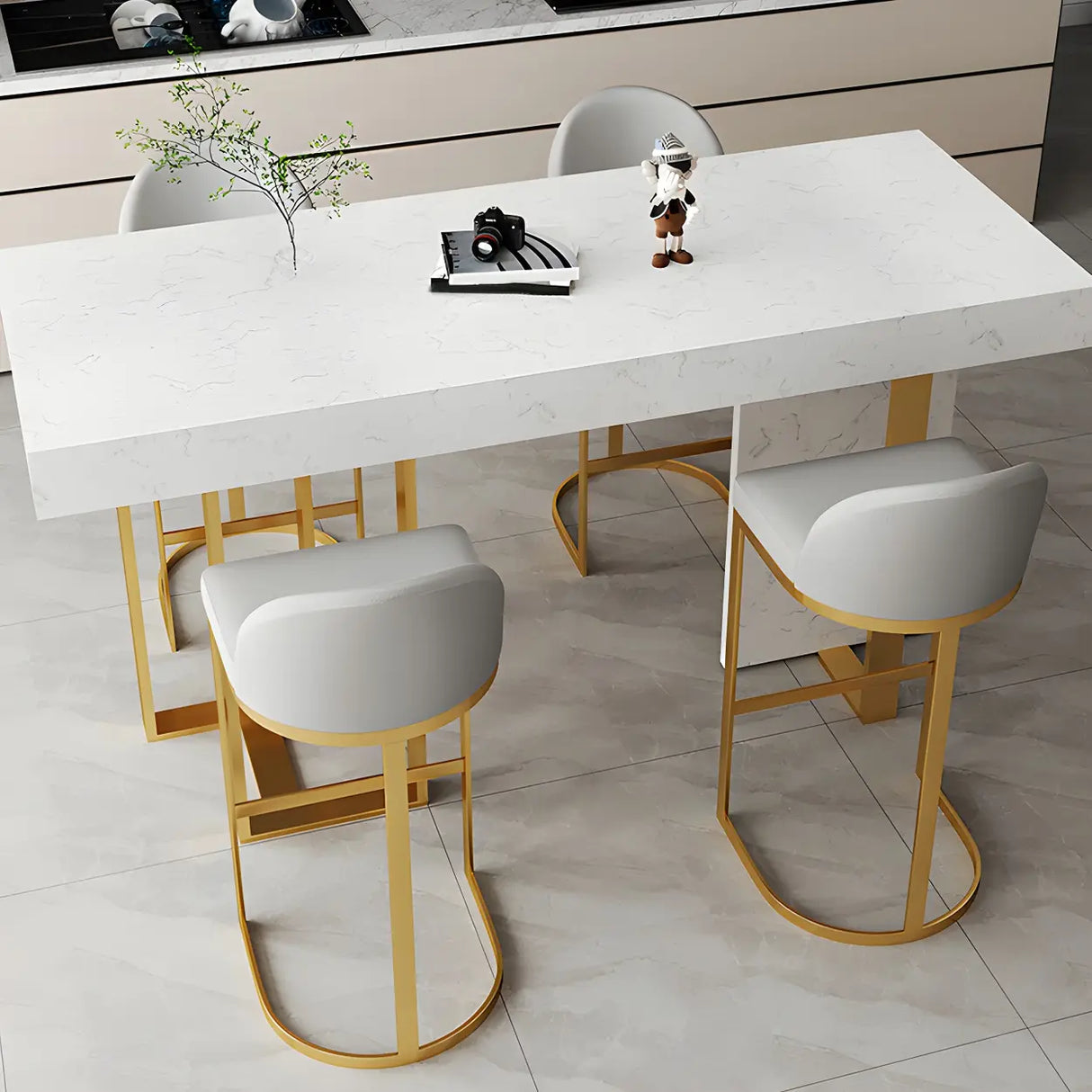
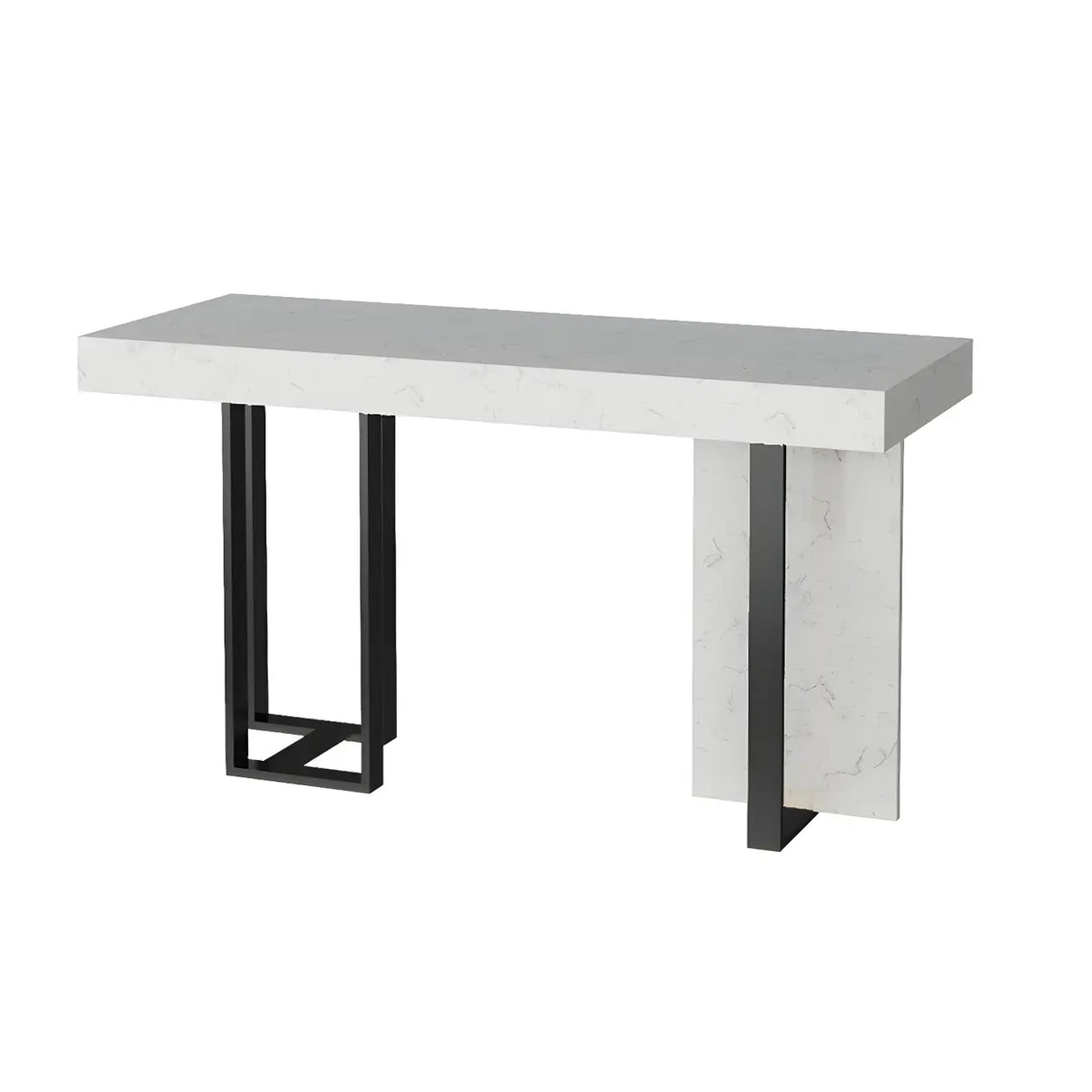
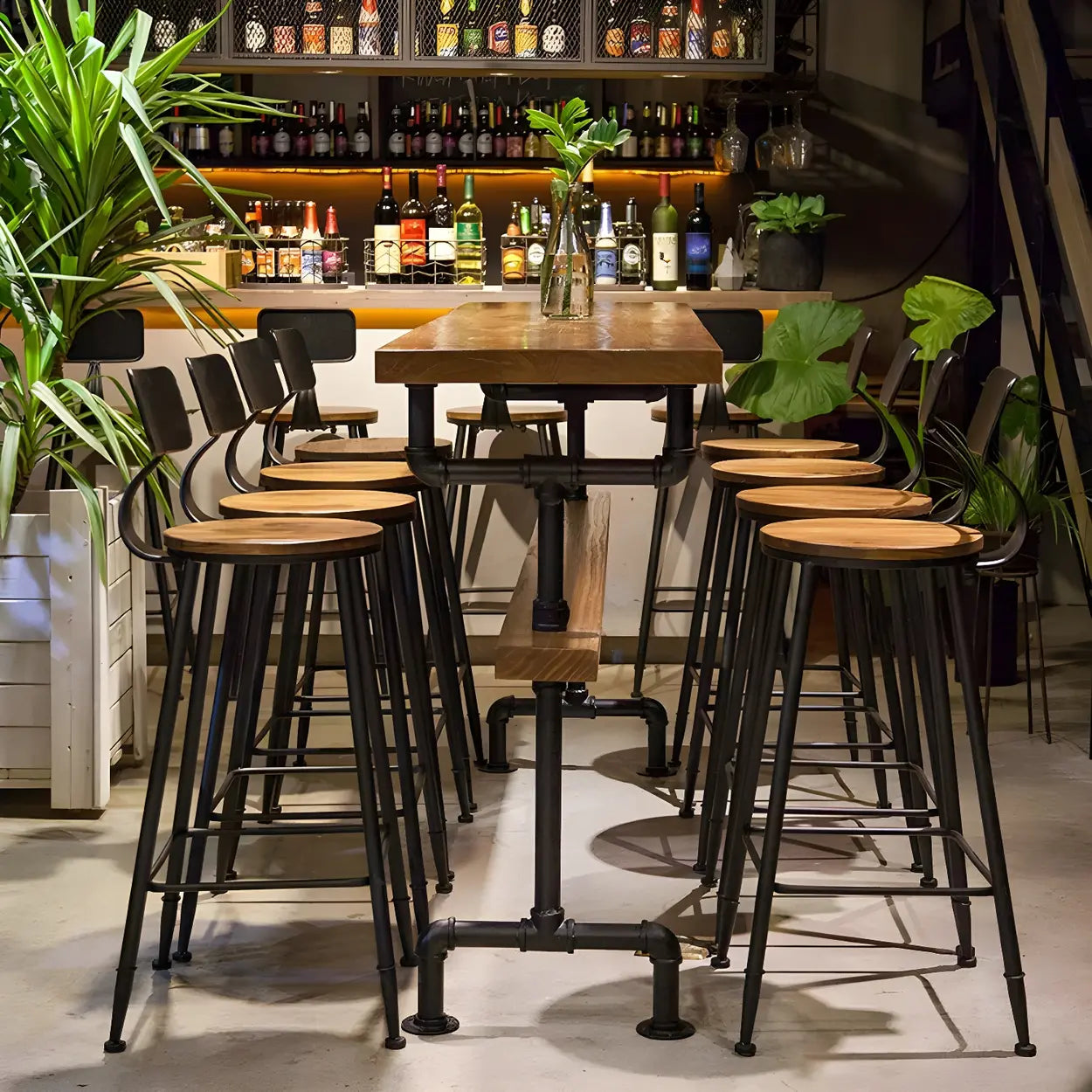

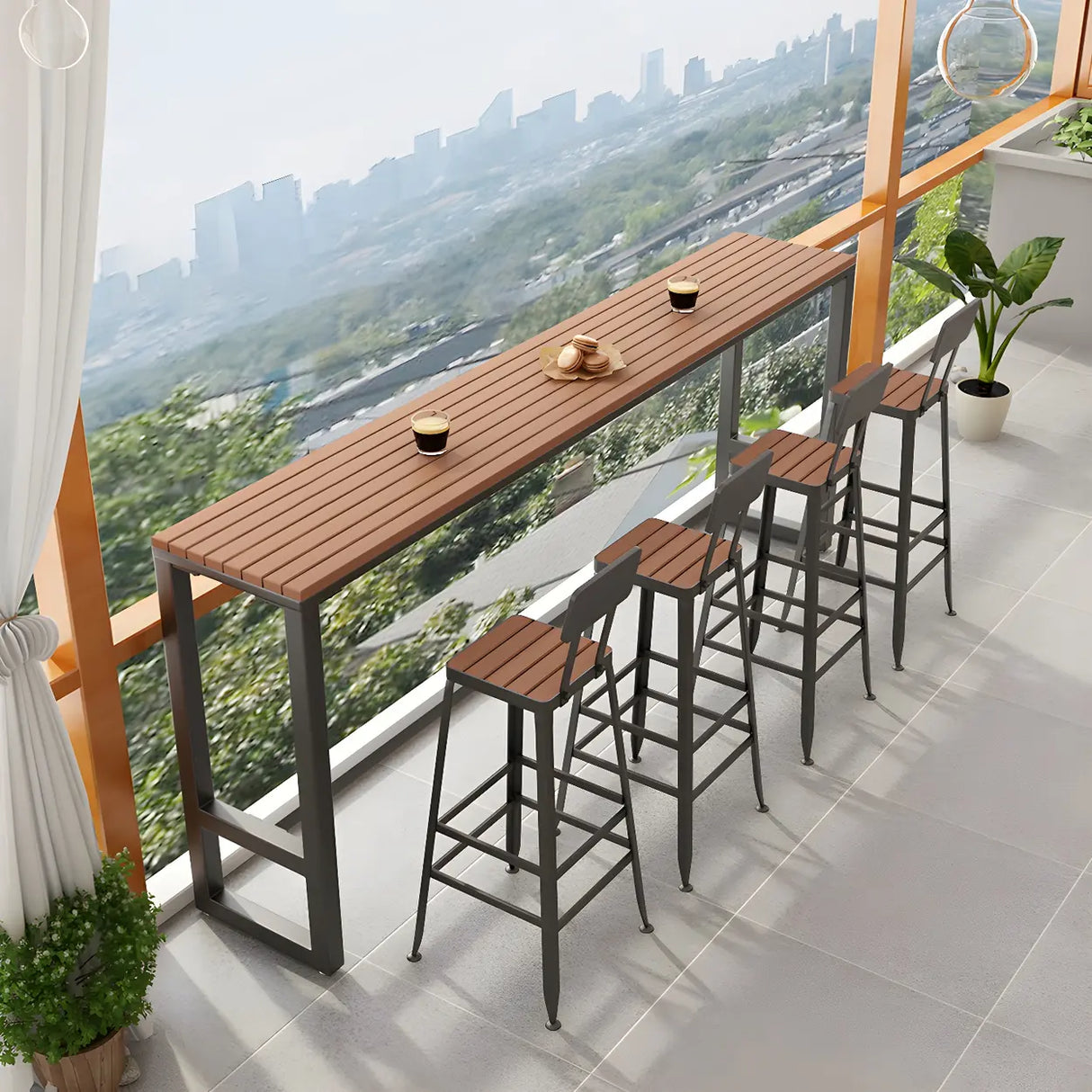
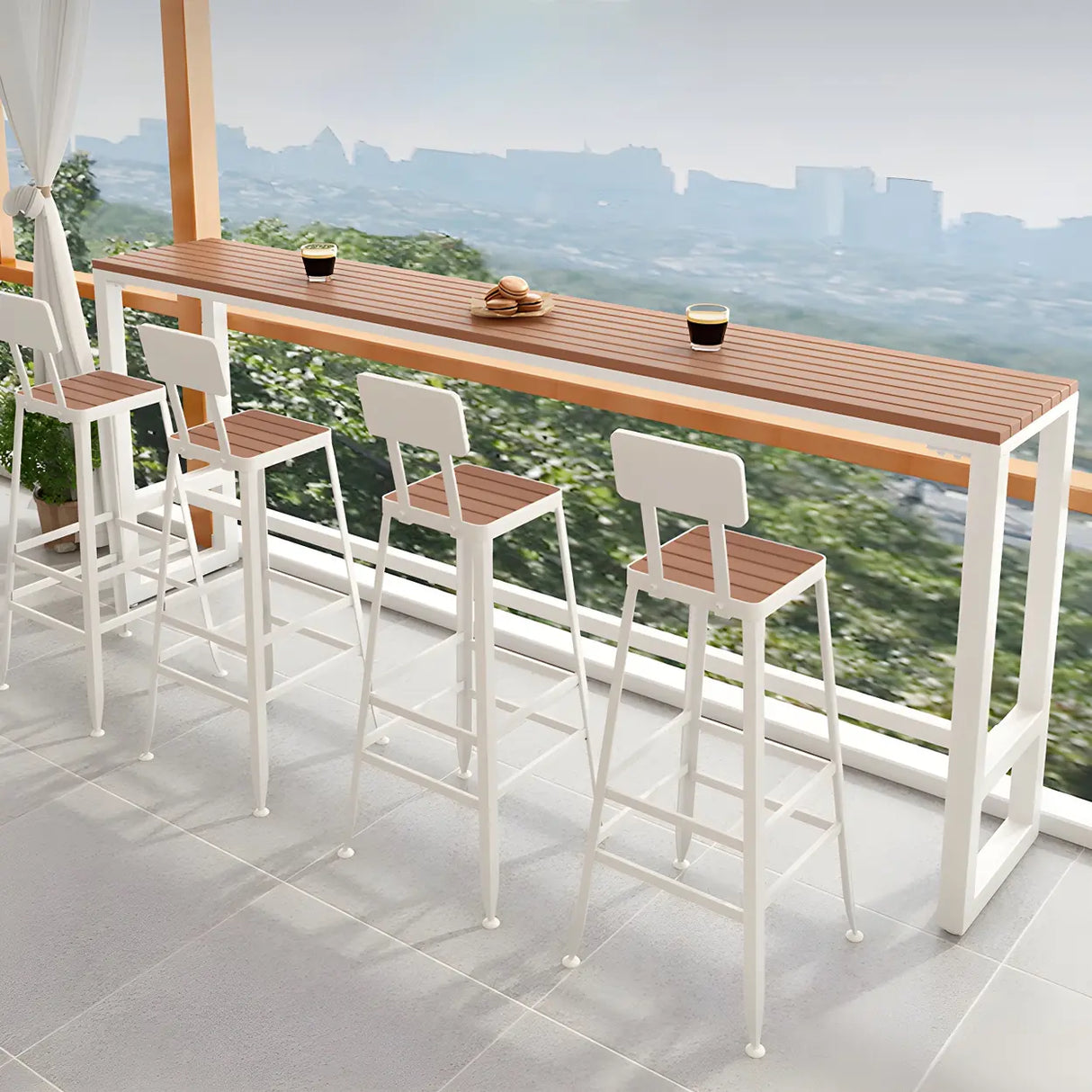


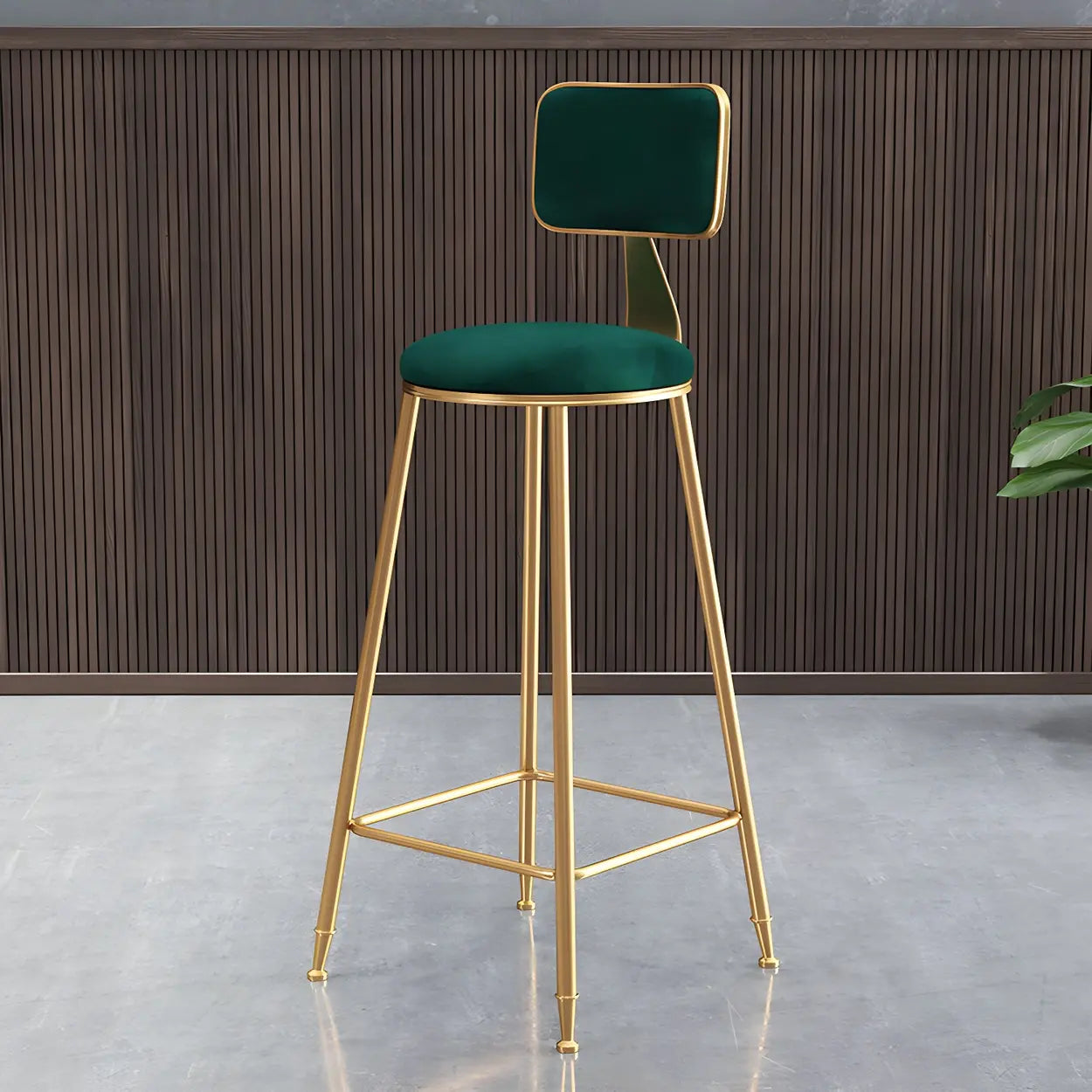
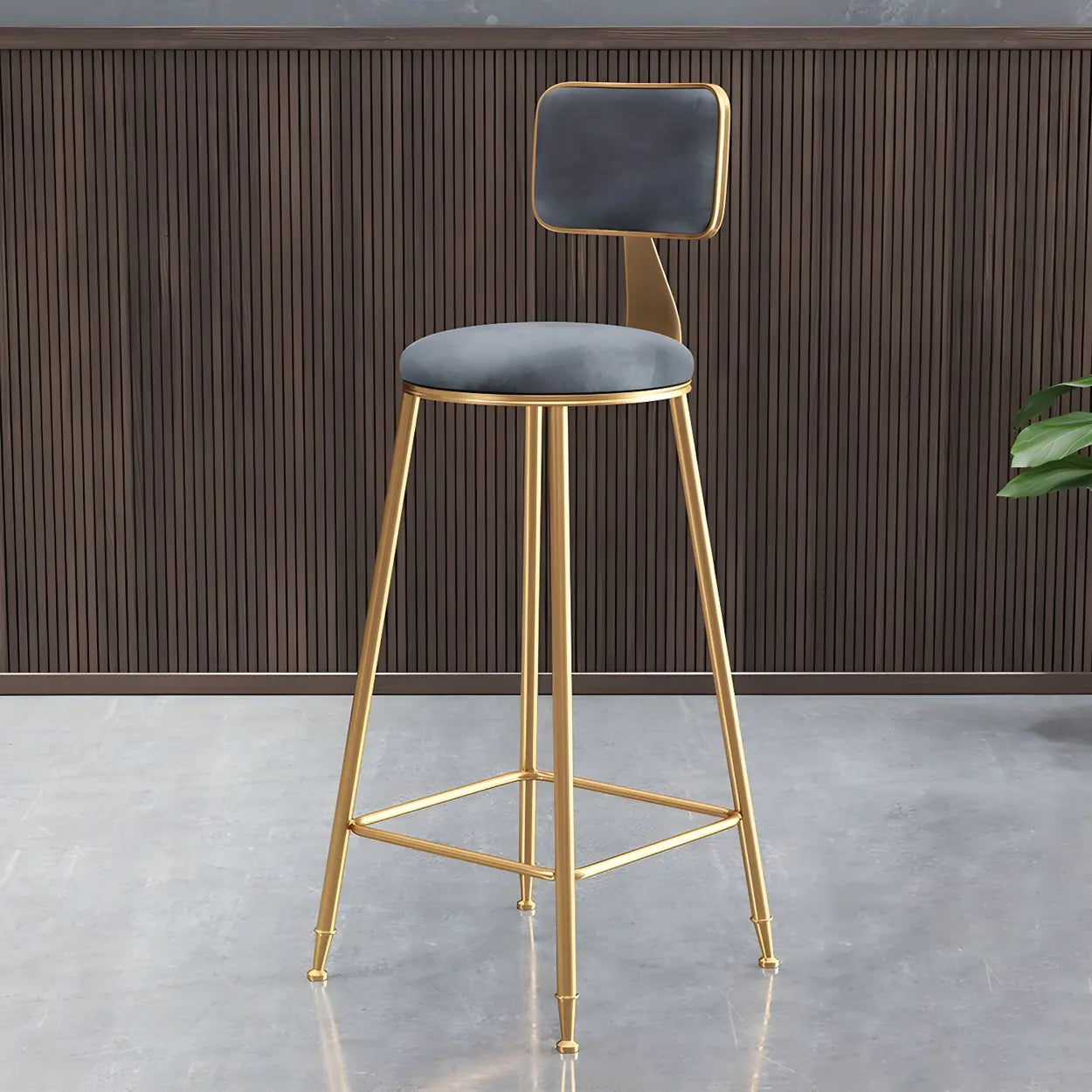
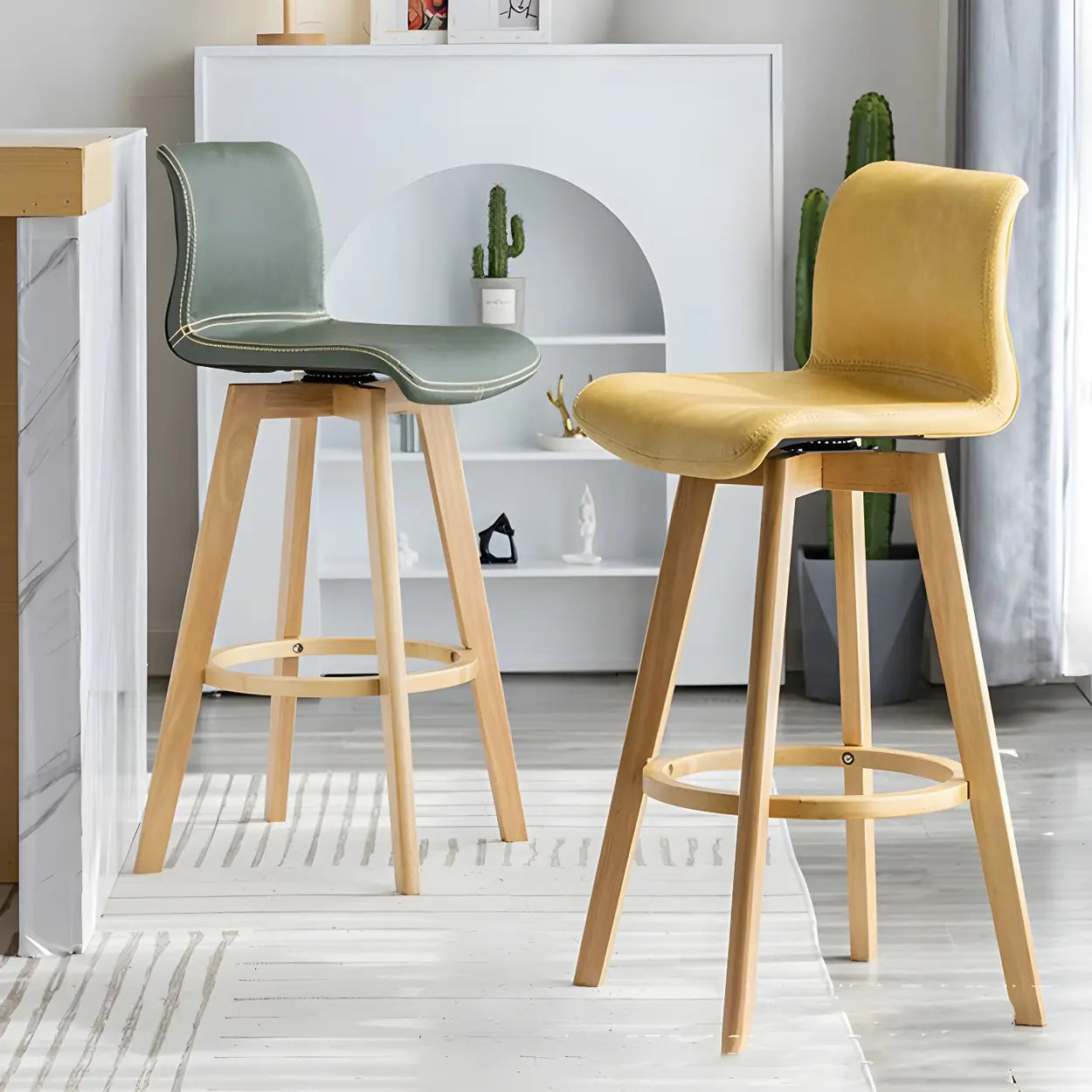
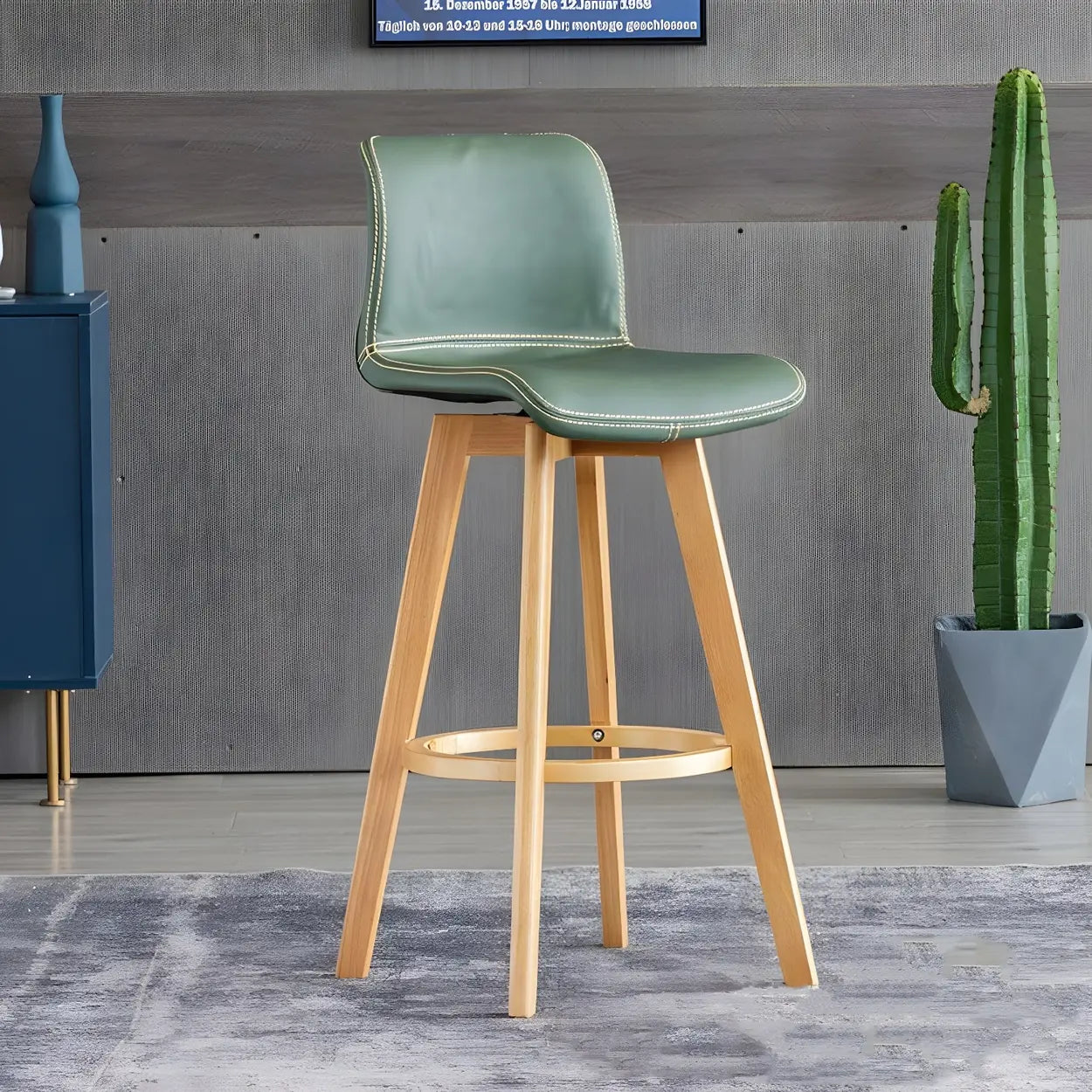



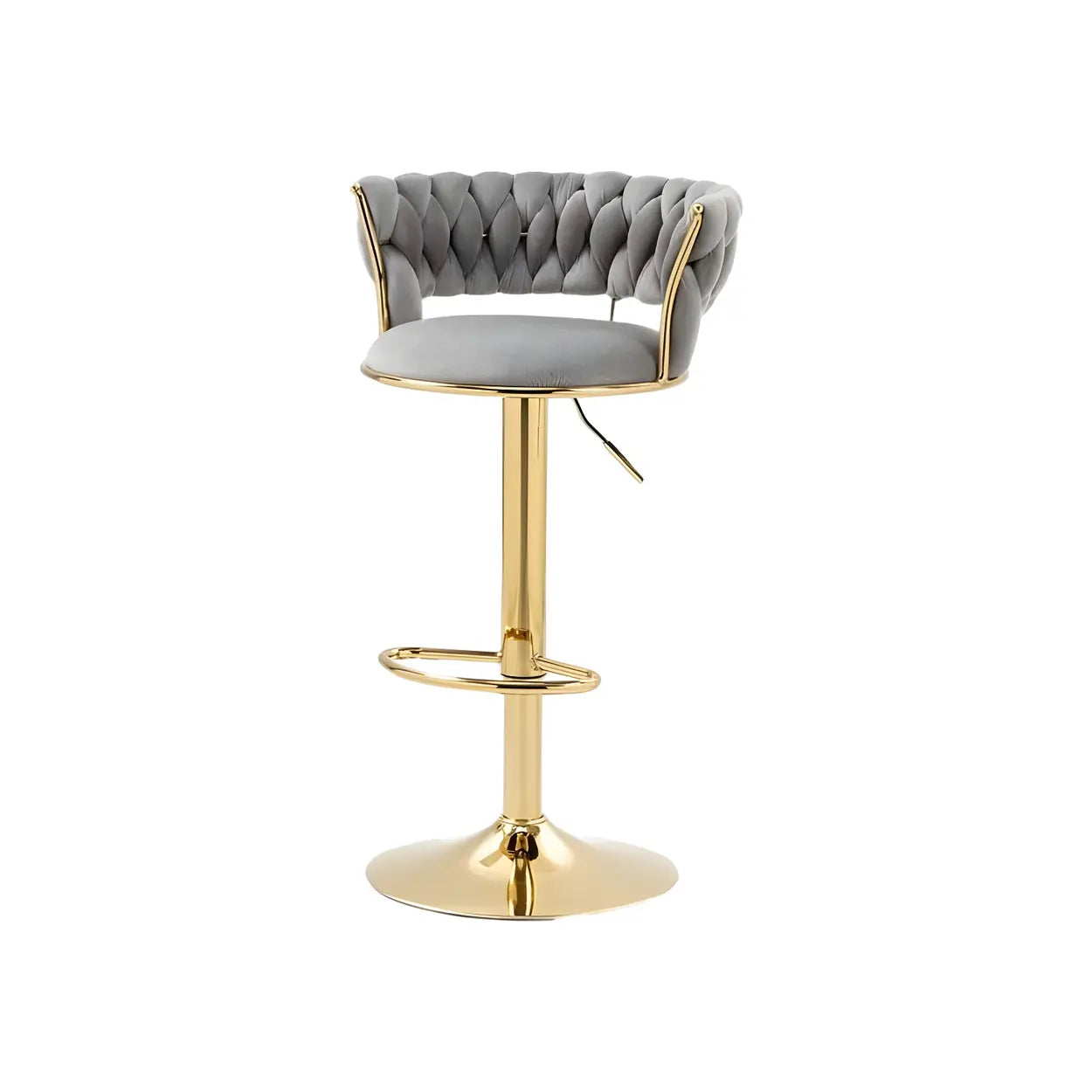
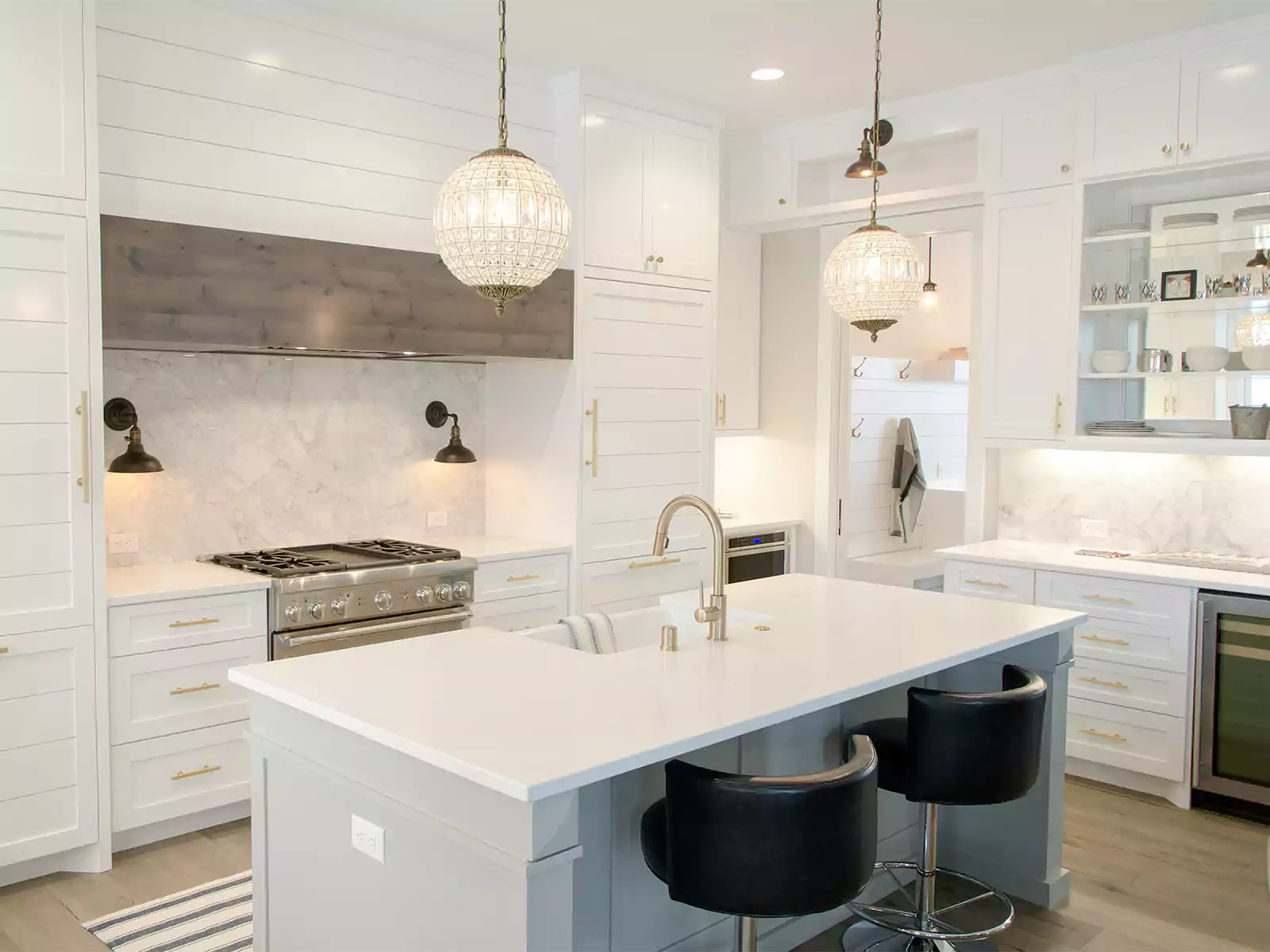
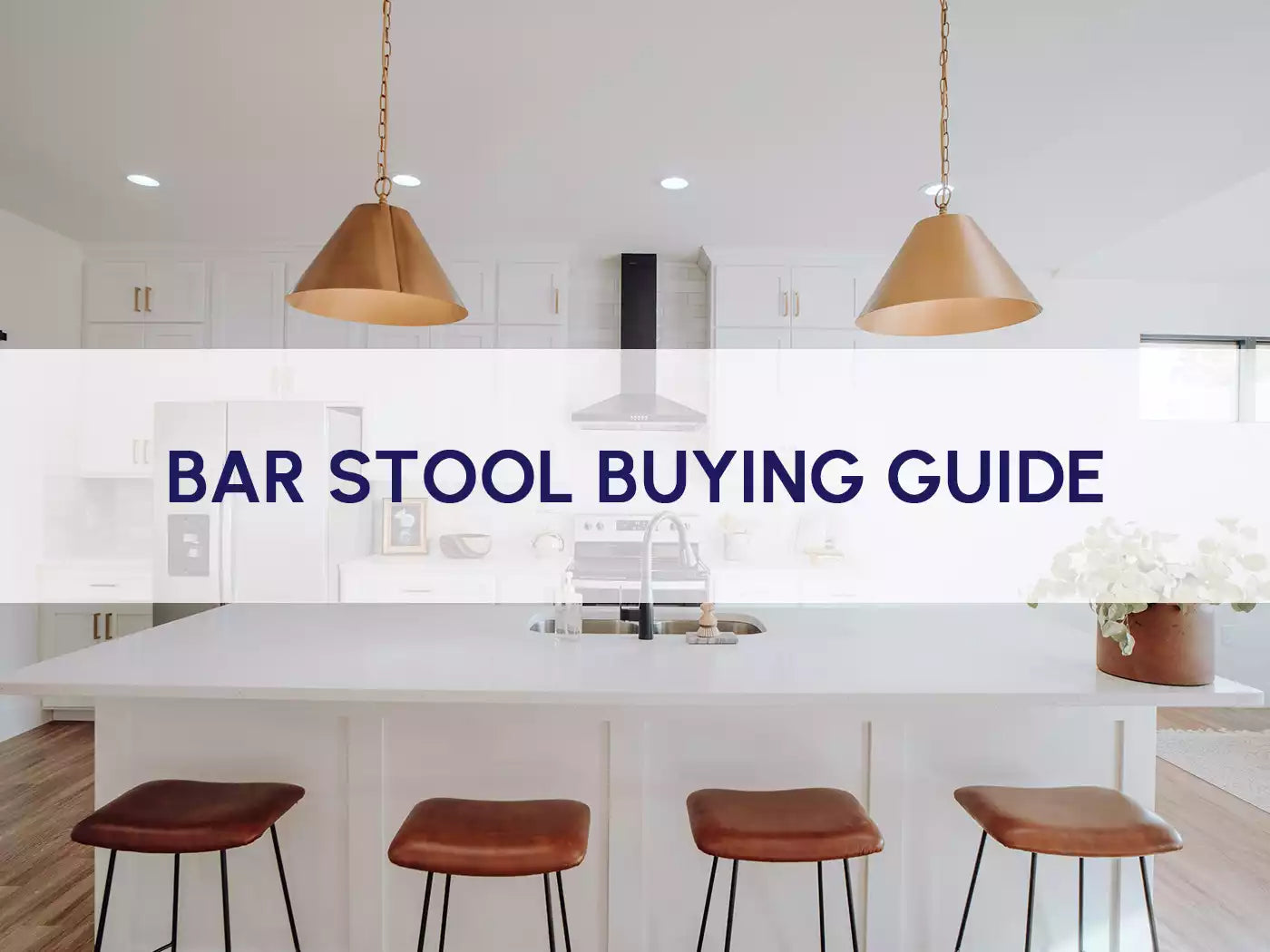

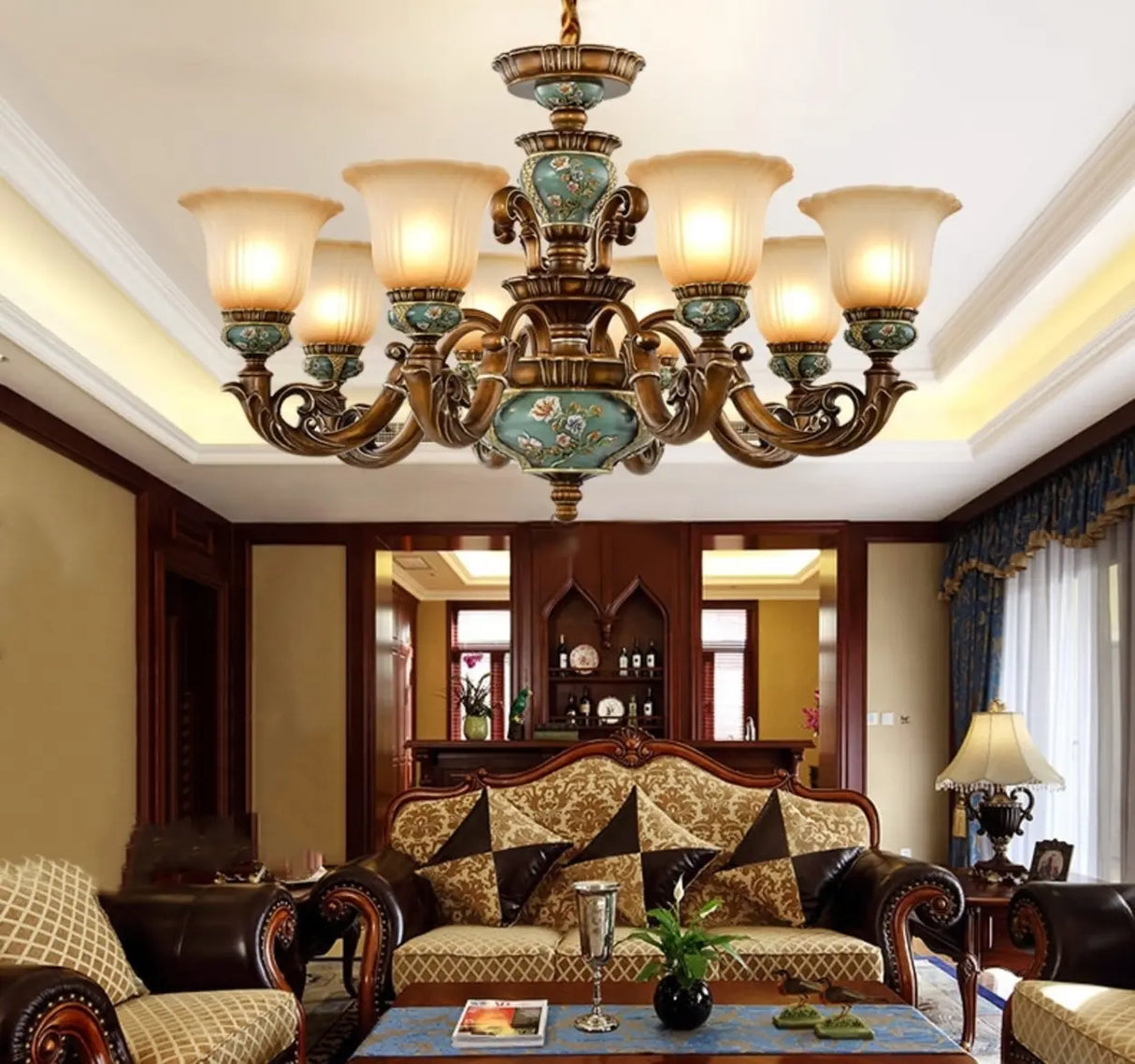
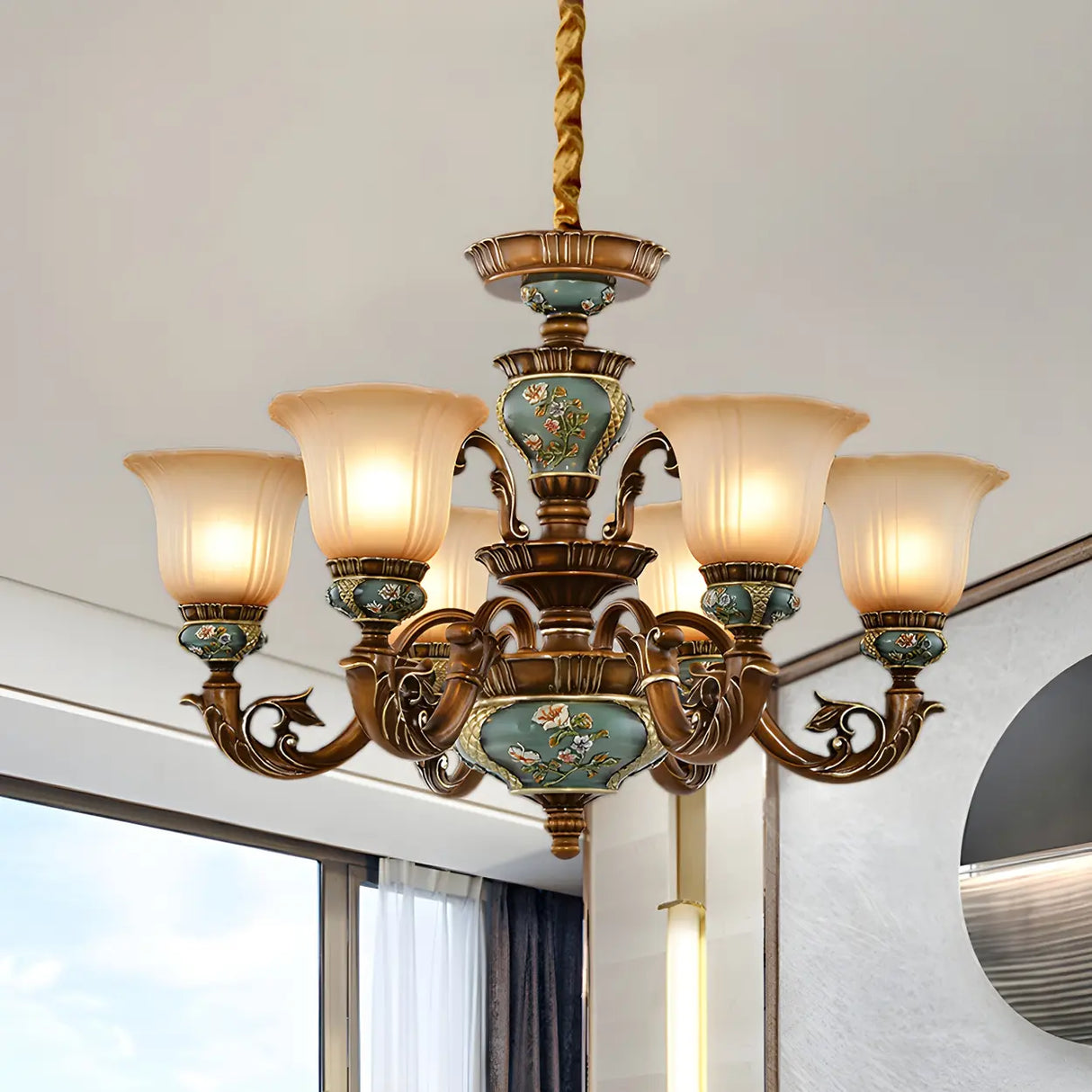
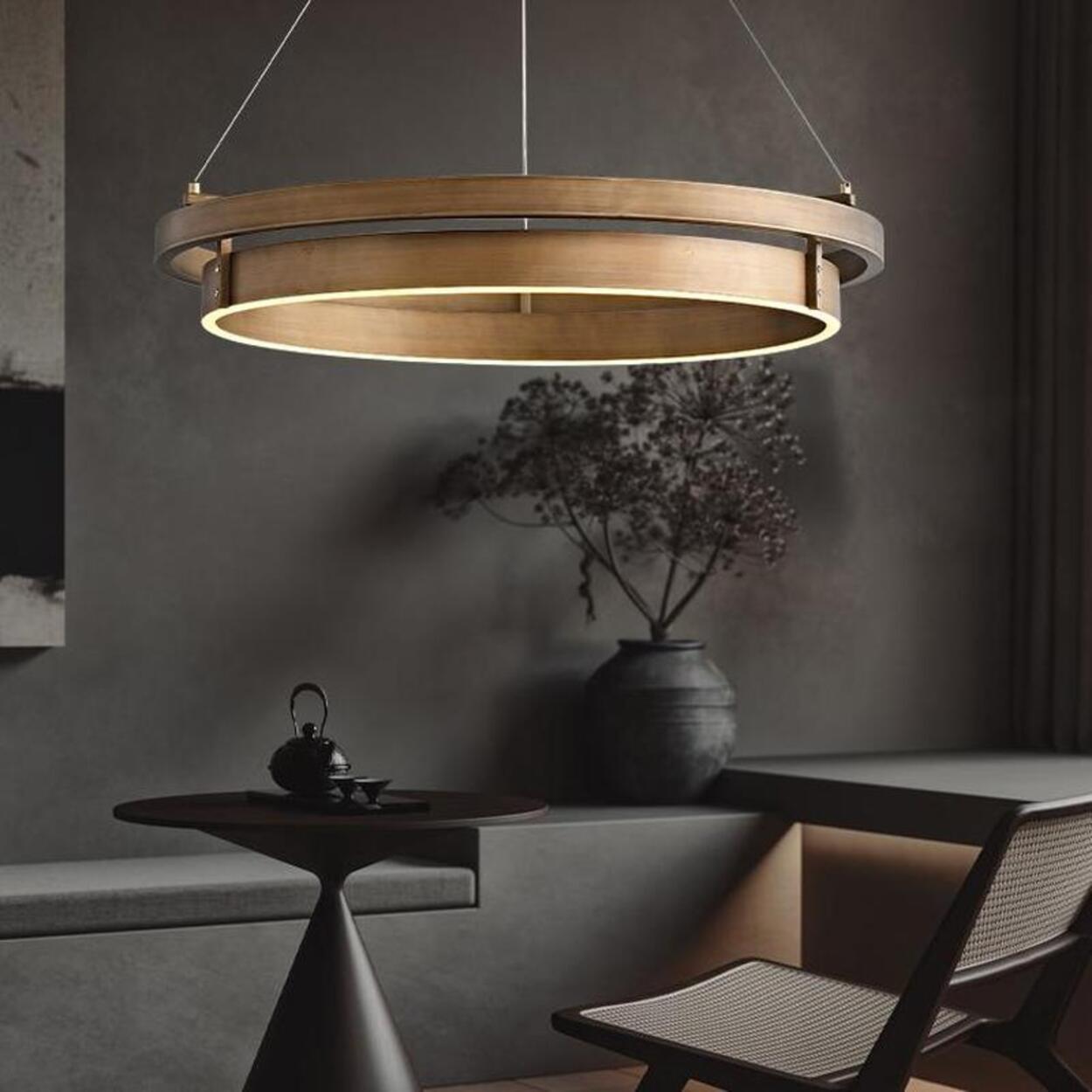
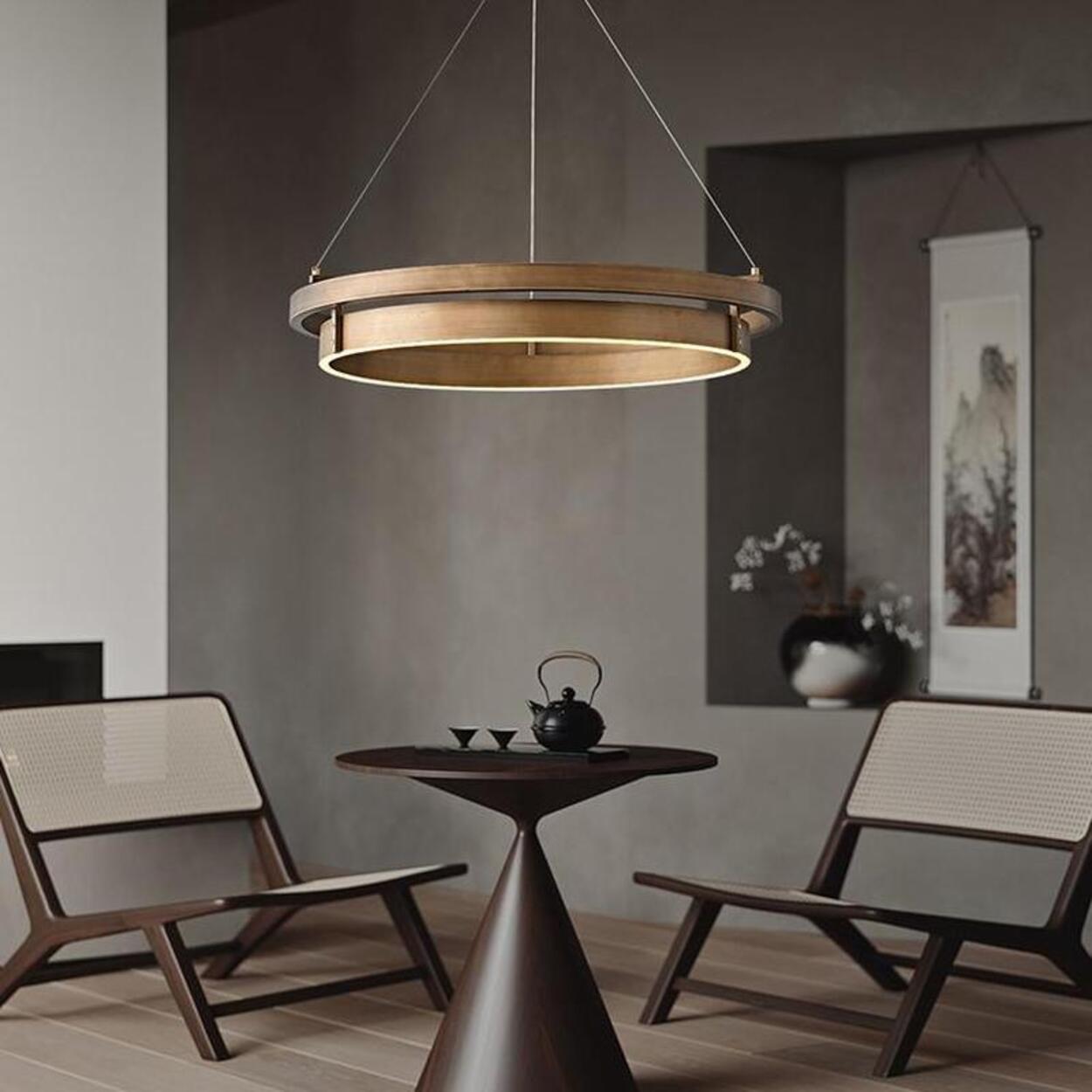
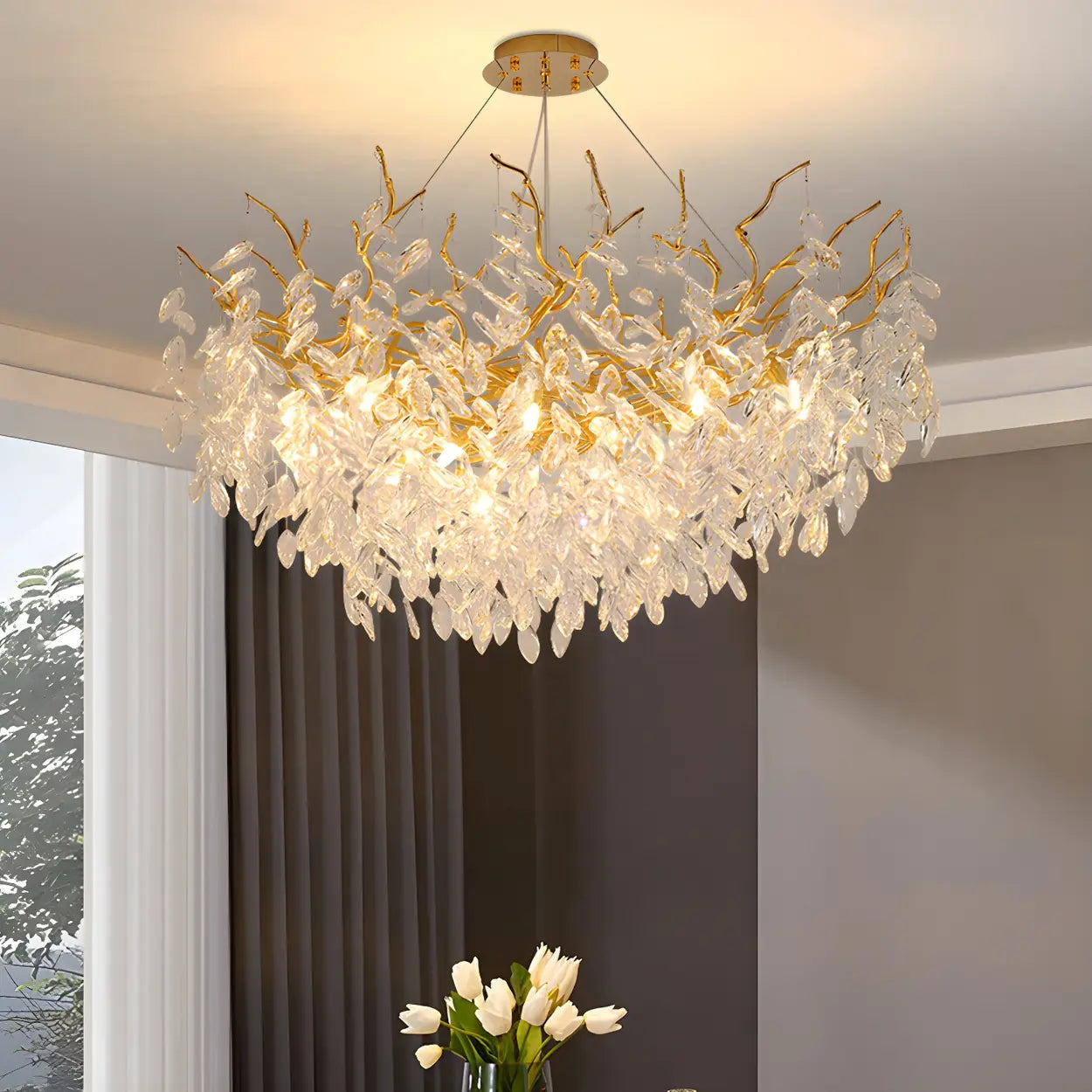
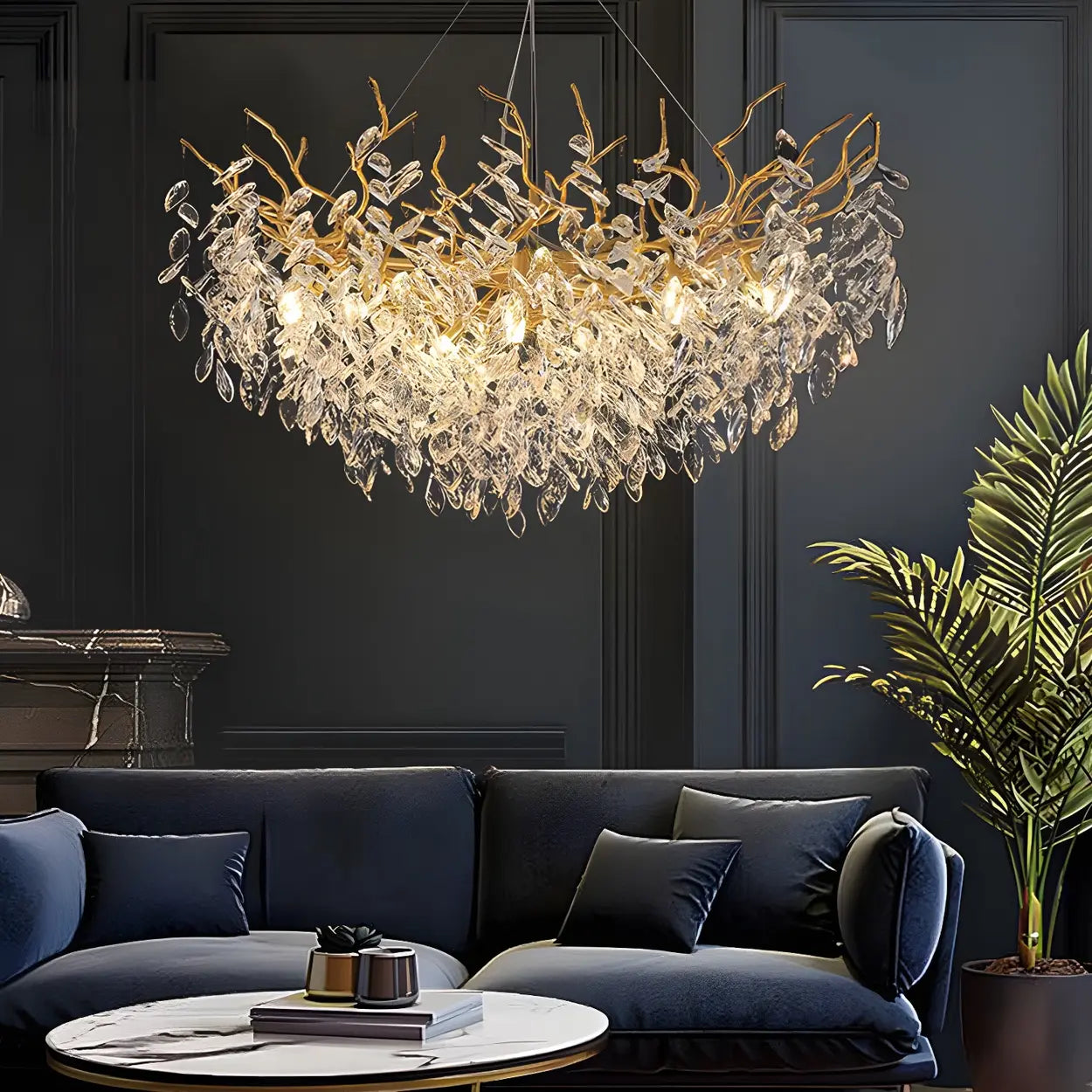
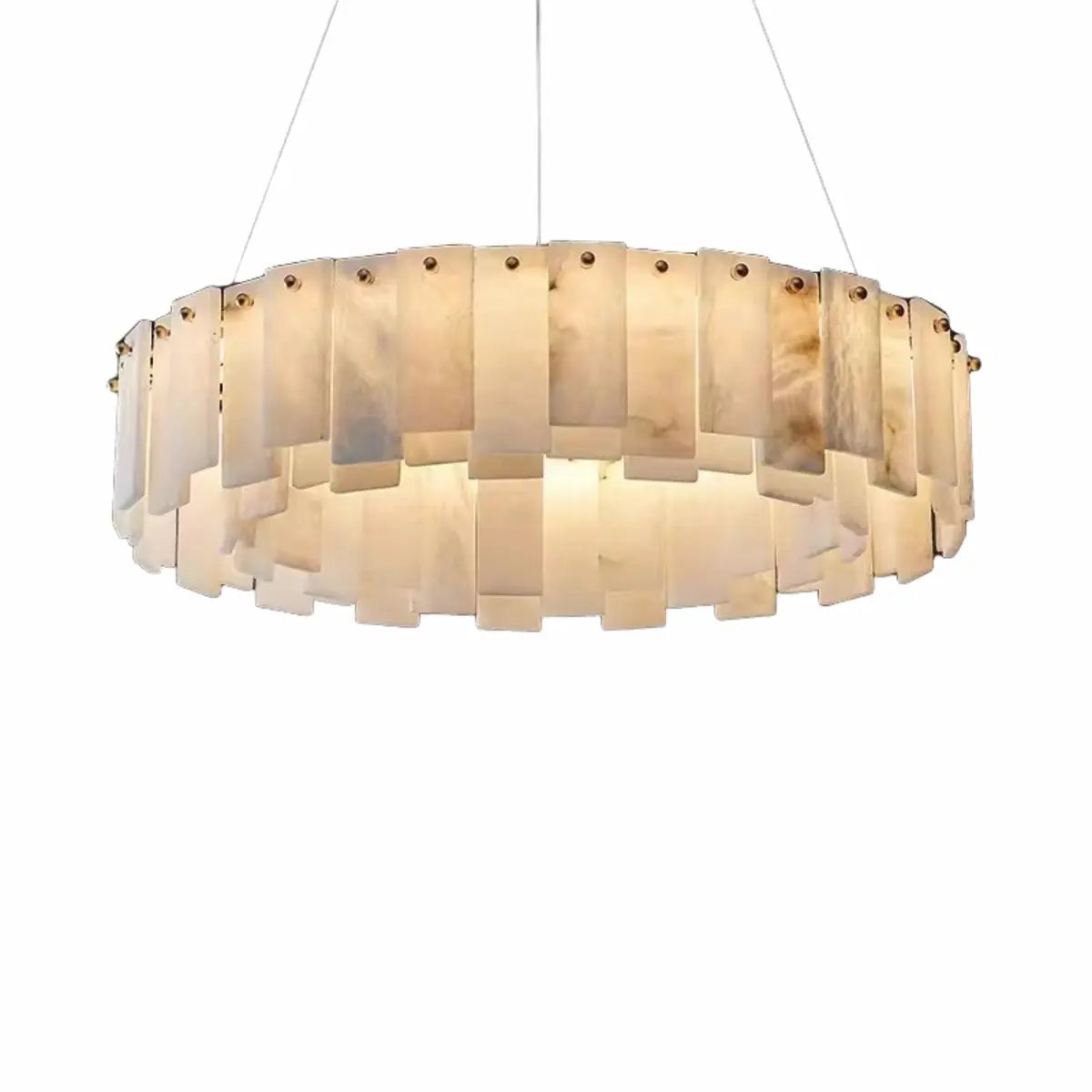

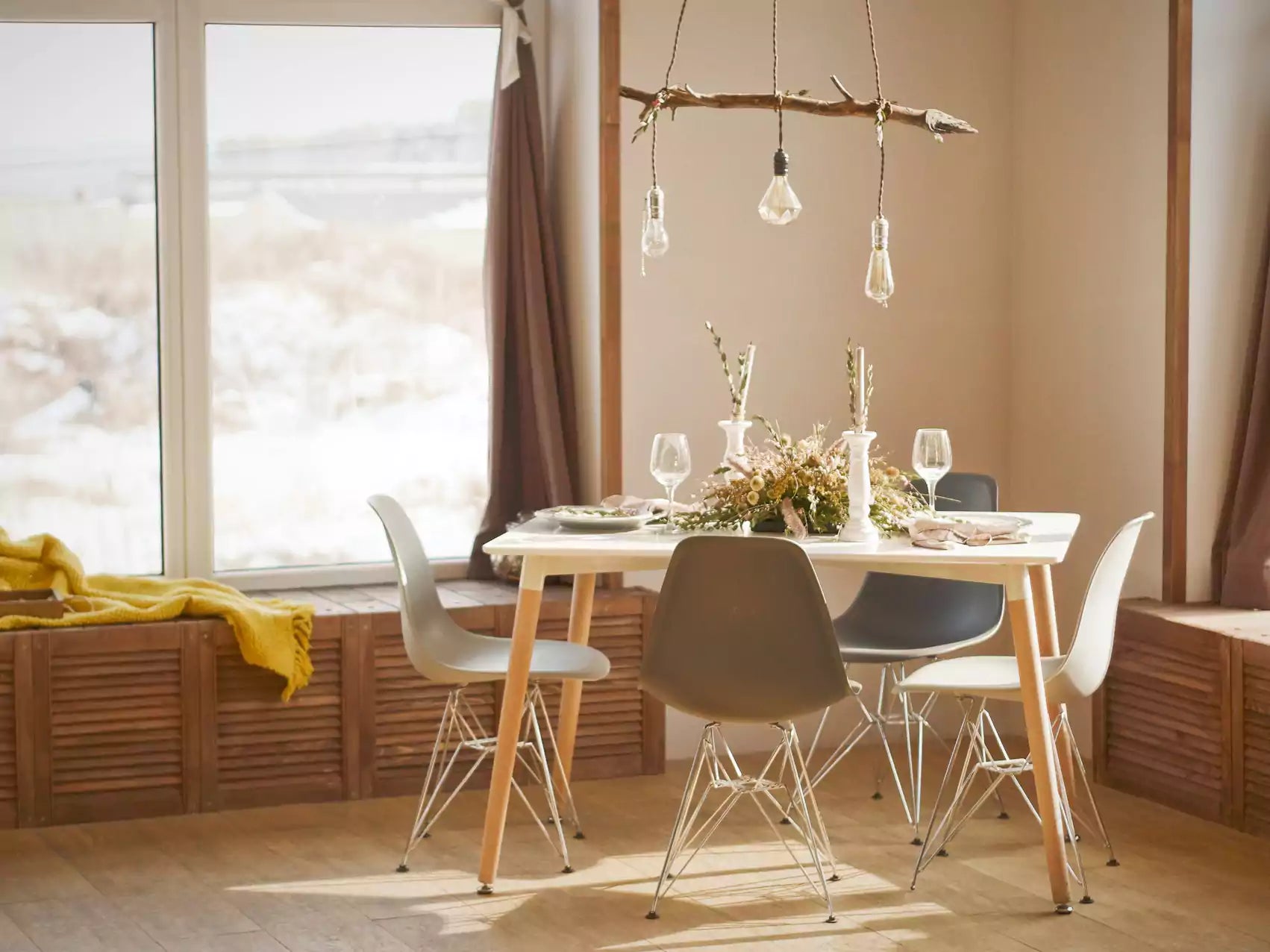
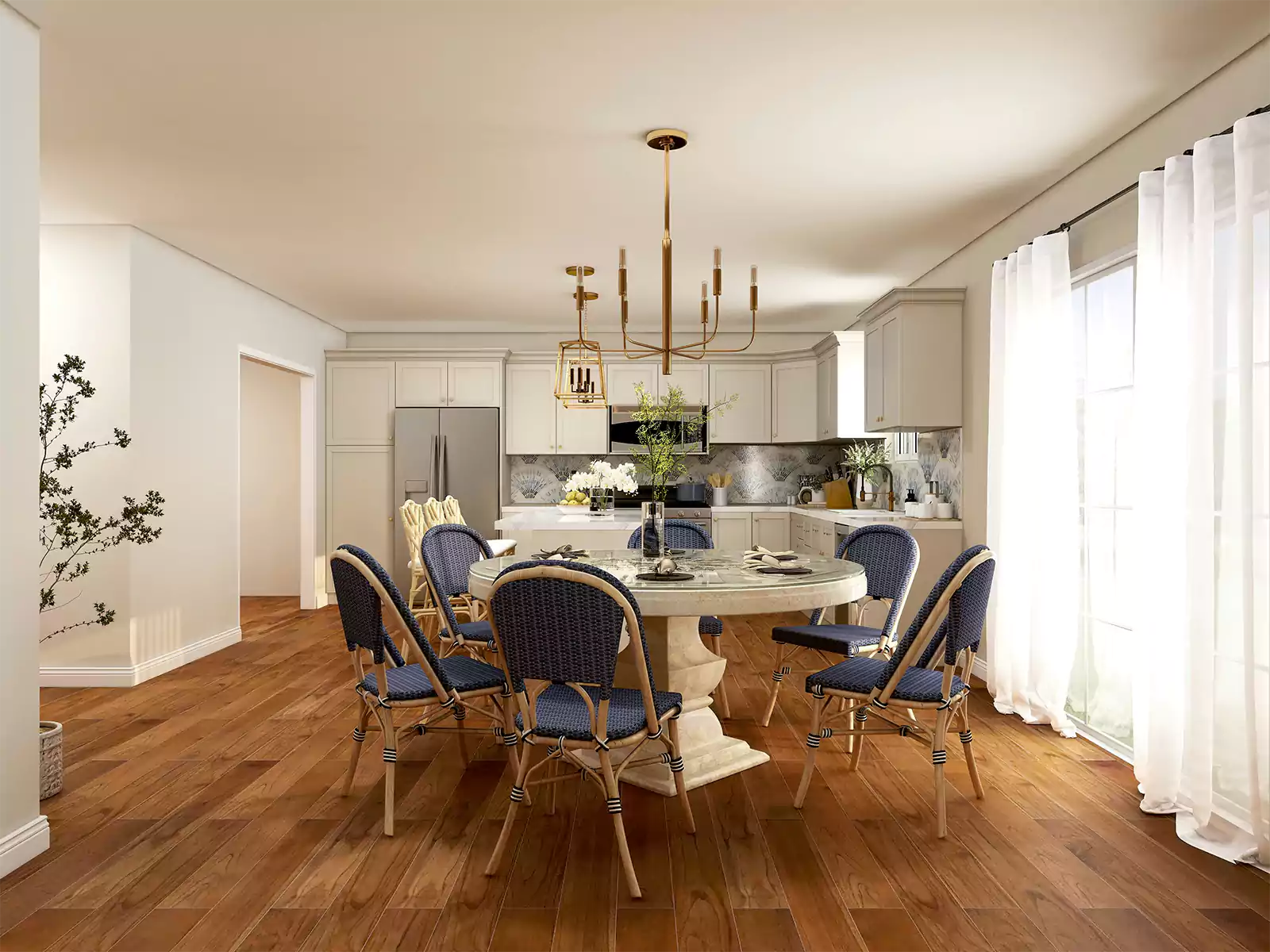
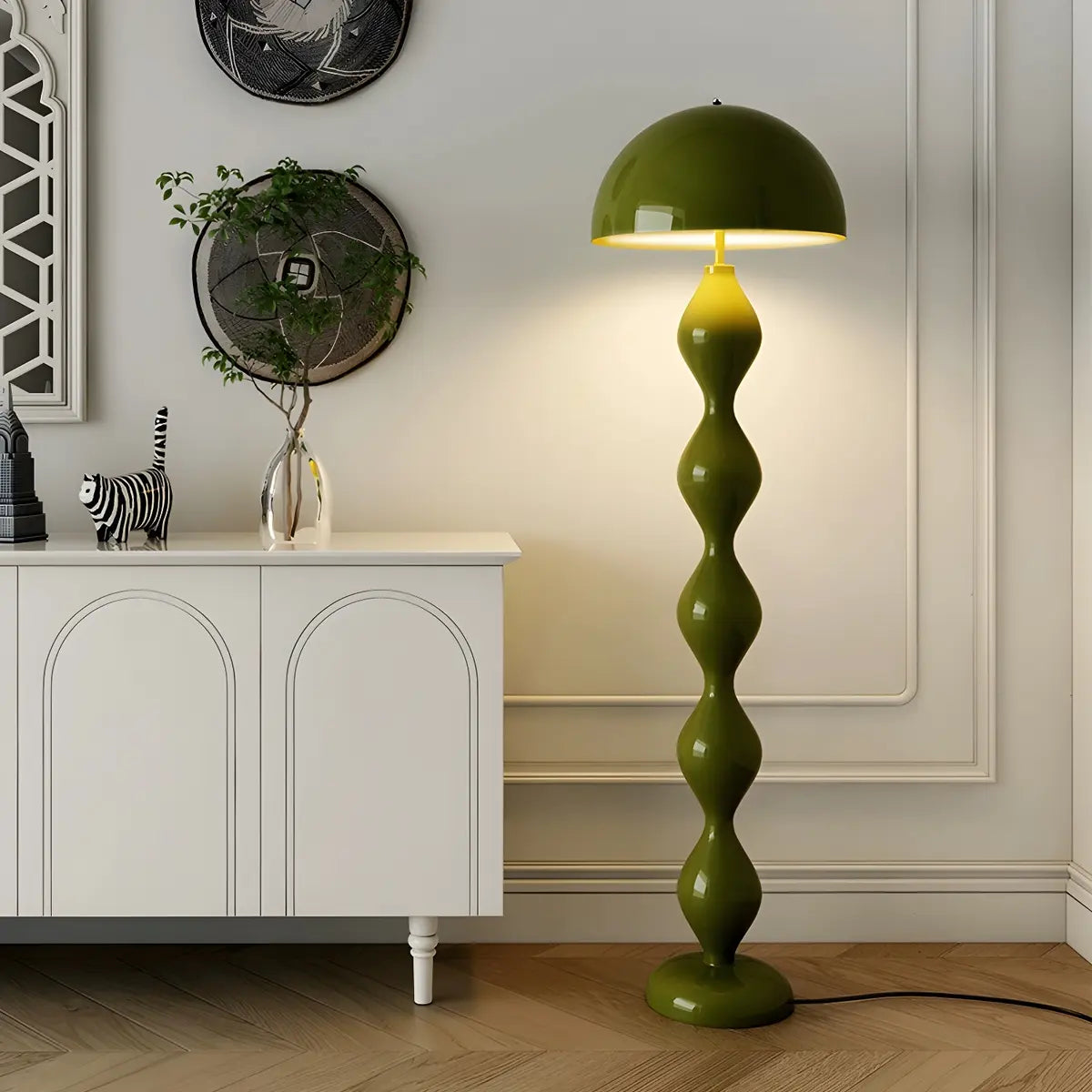
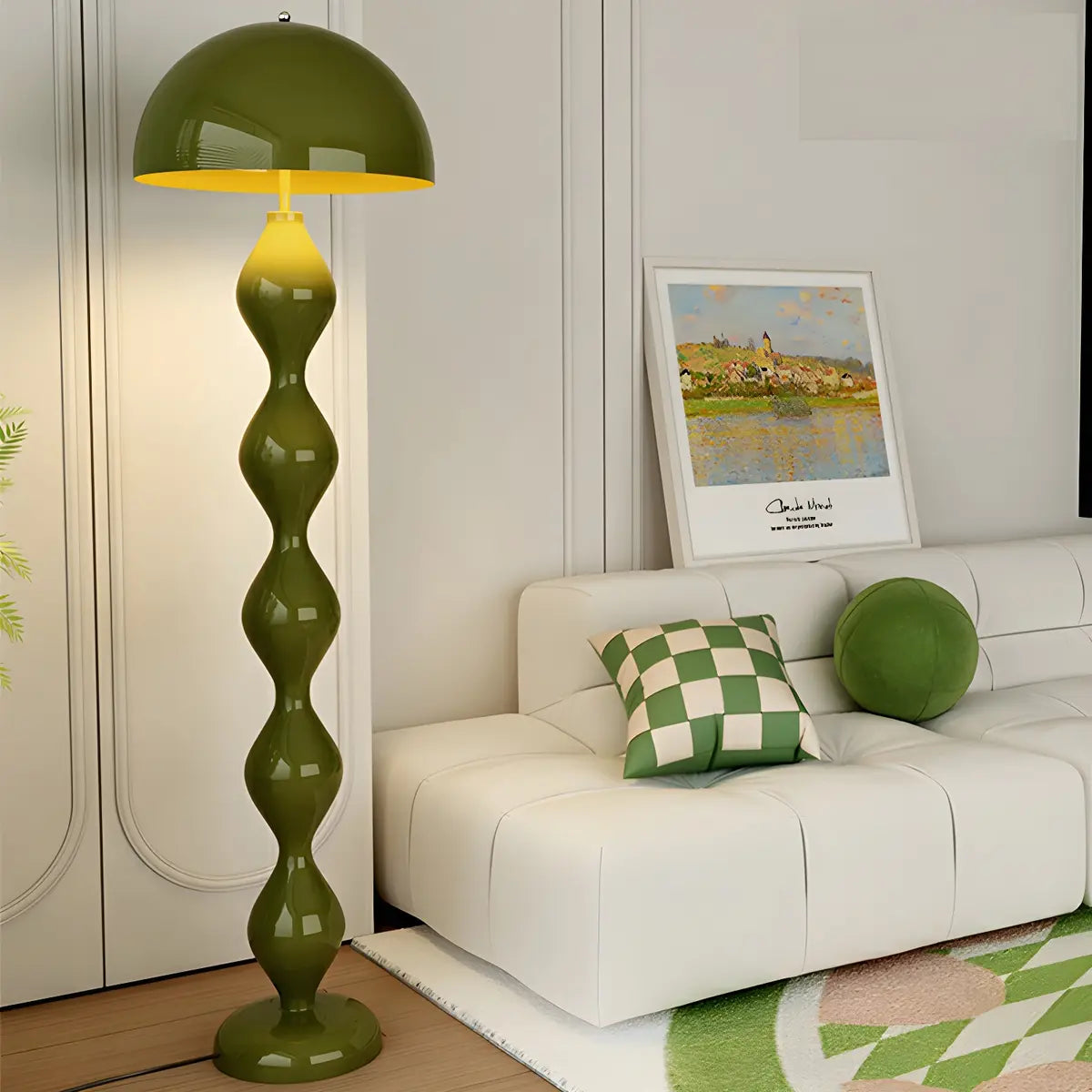
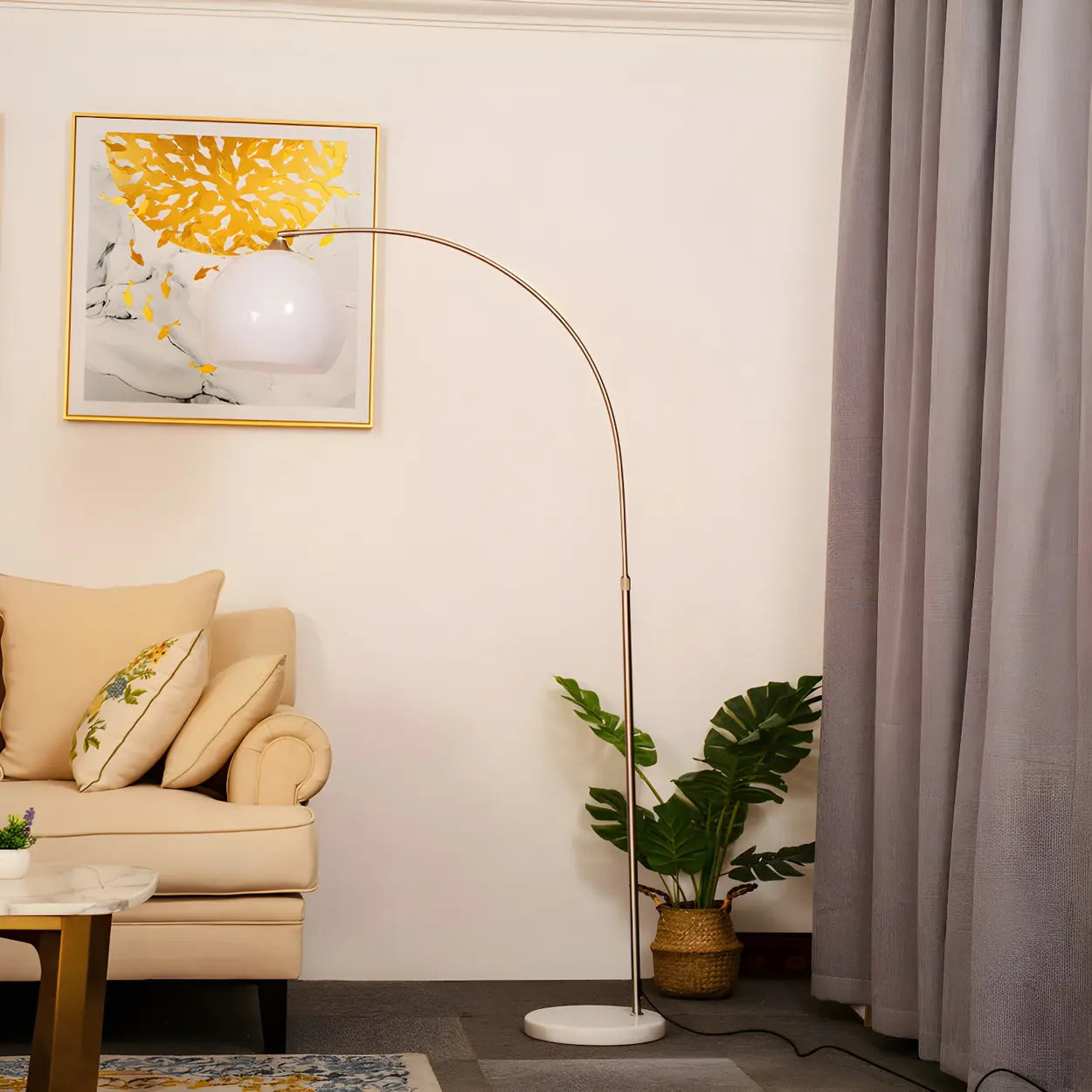
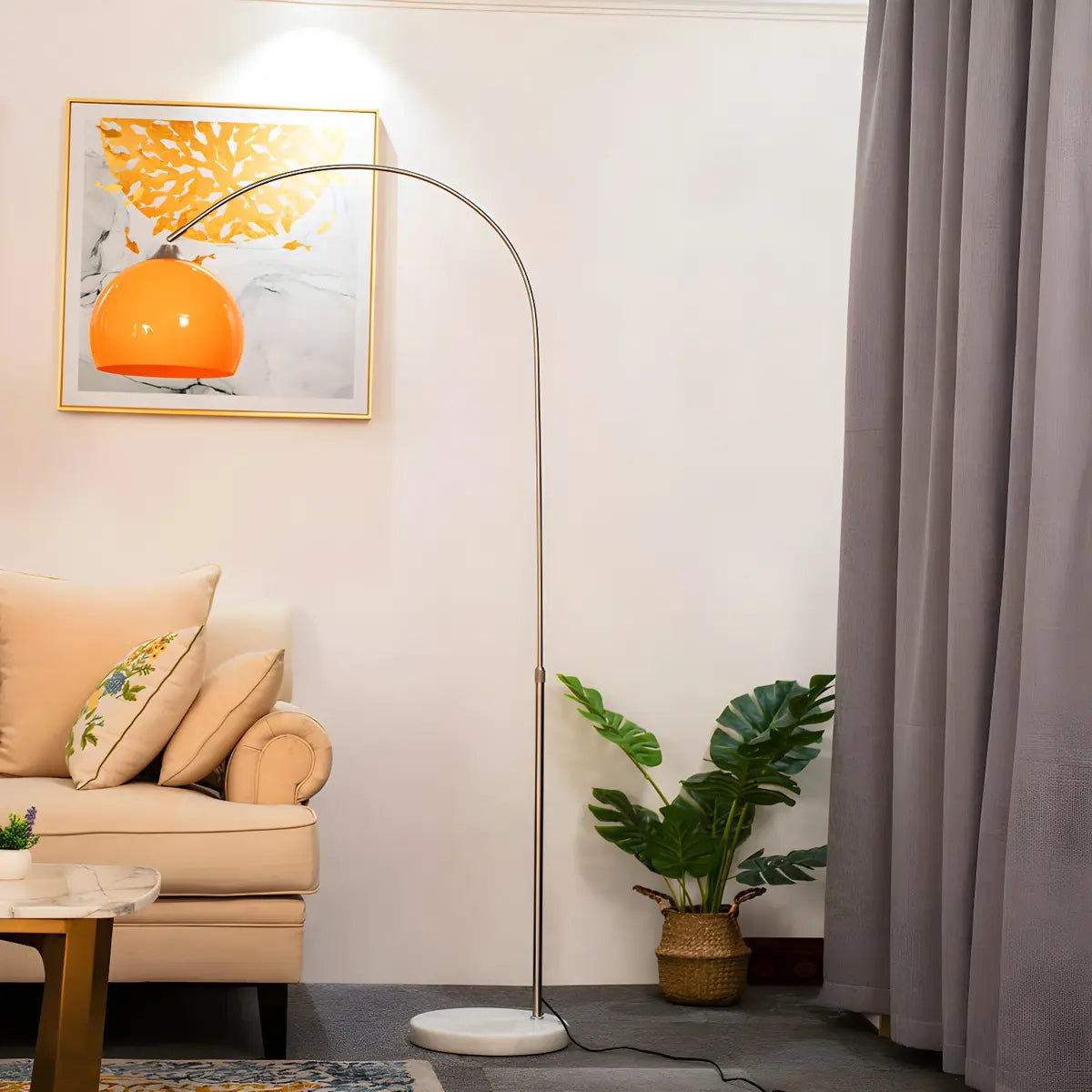
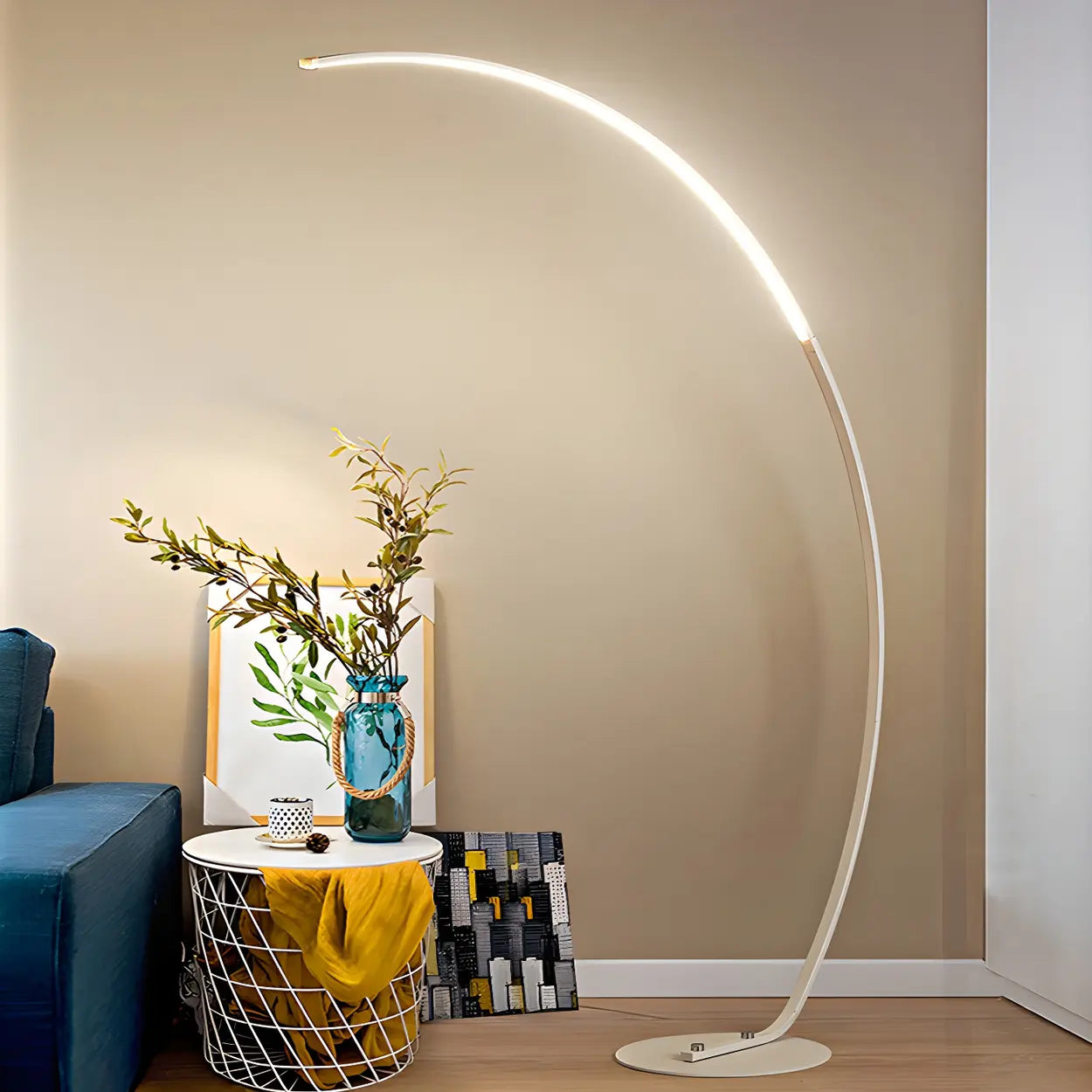

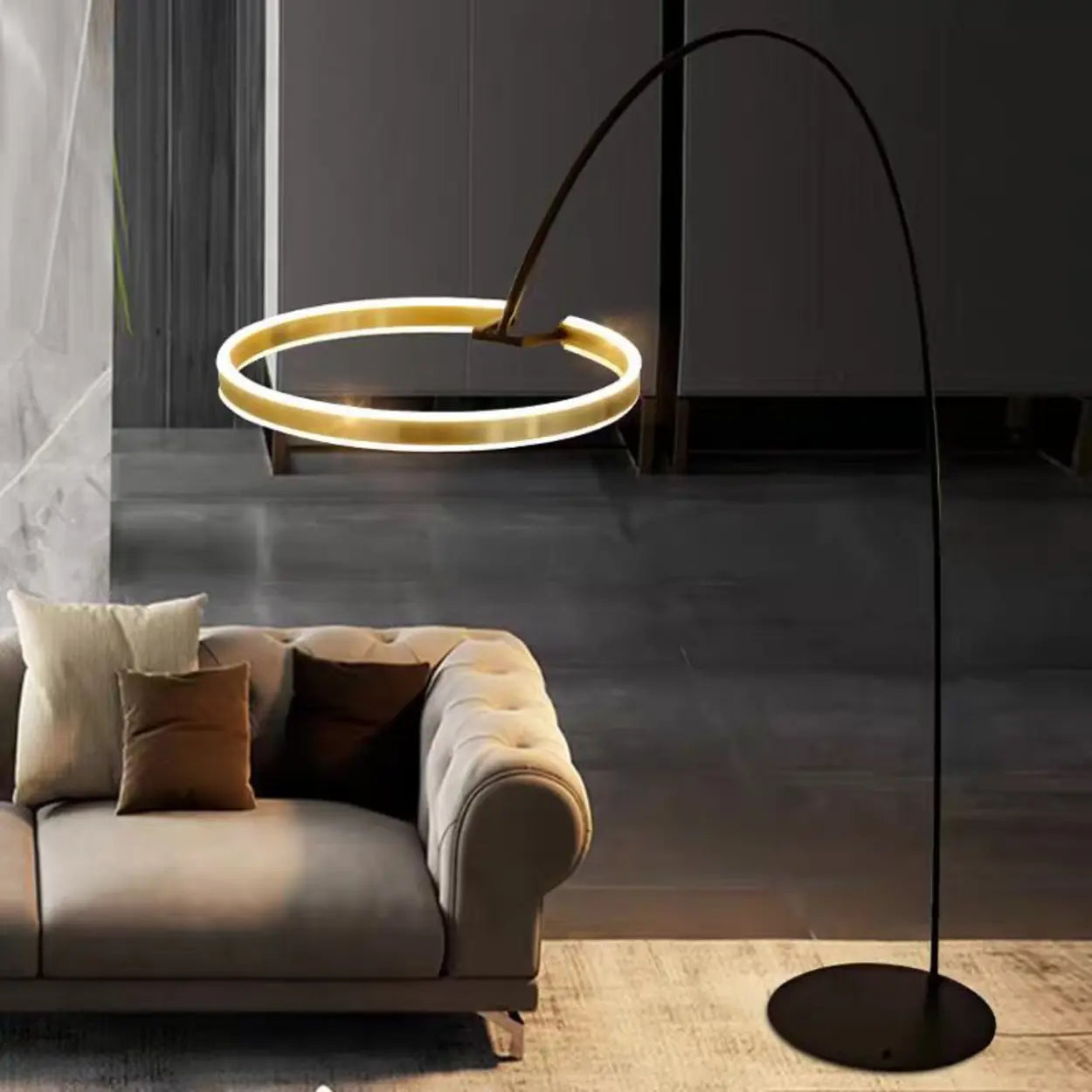

![10 Best Floor Lamp for Reading [2025 Review]](http://www.homebaa.com/cdn/shop/articles/banner_c990b0a4-4743-4902-b6be-5609f7a21a90.webp?v=1747357941)



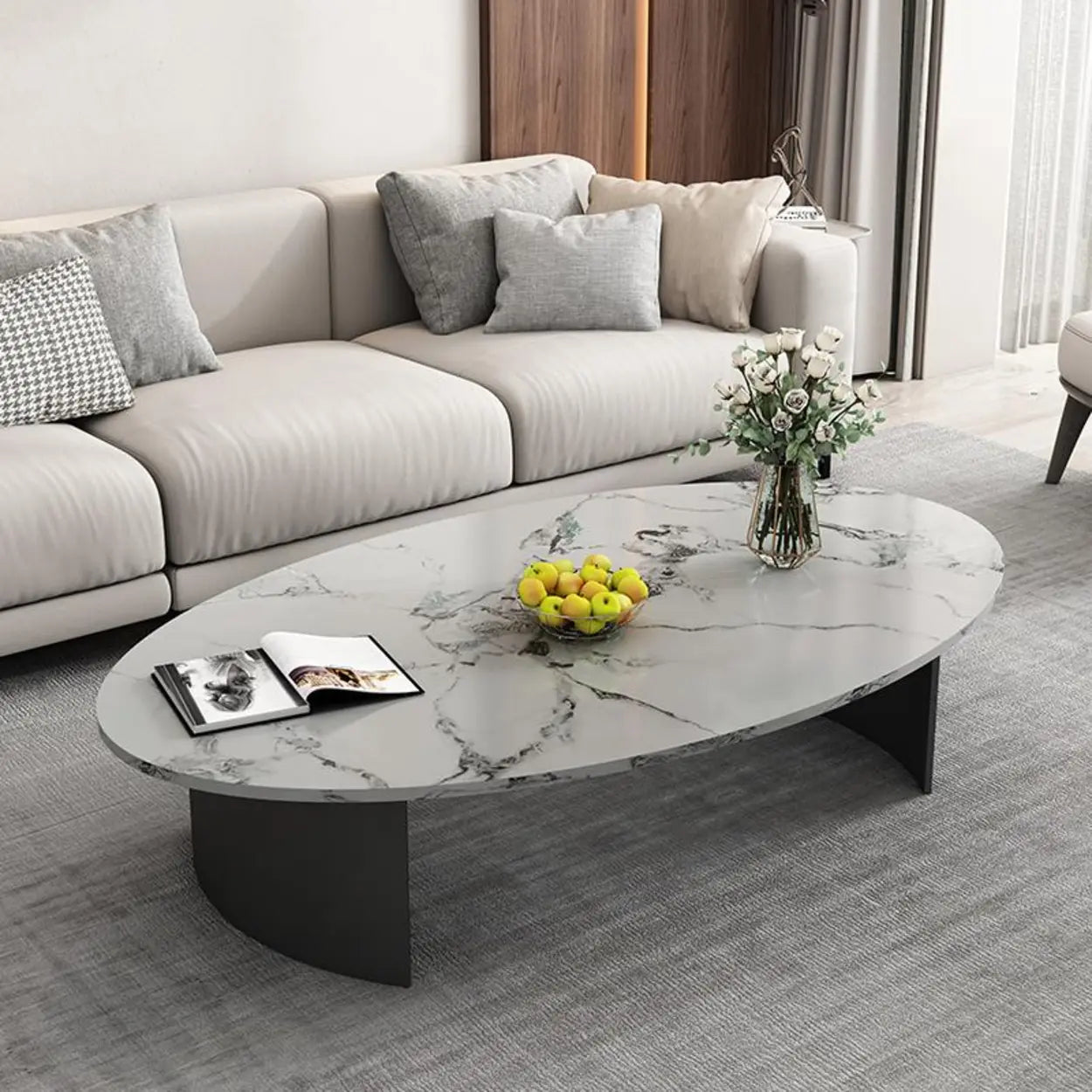
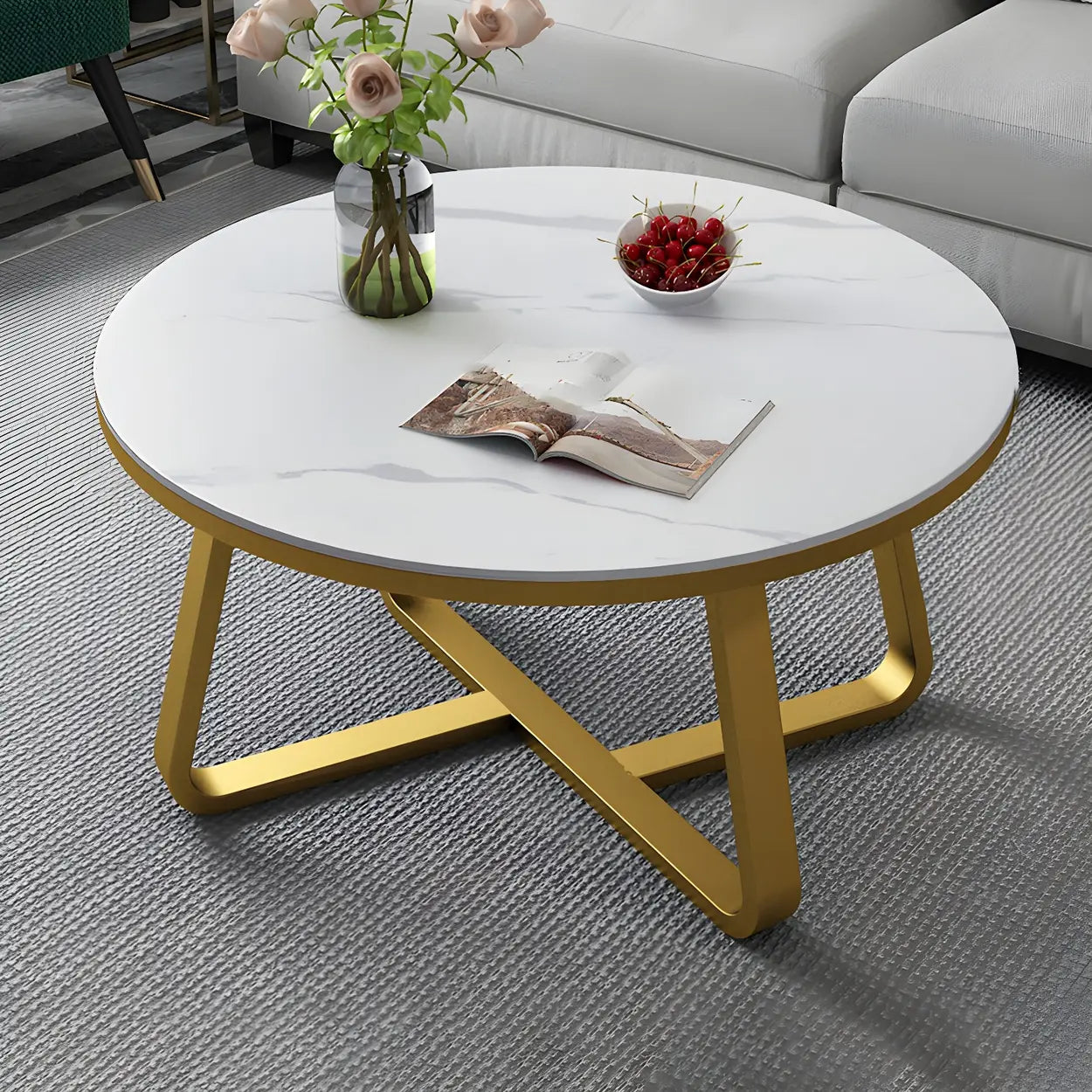
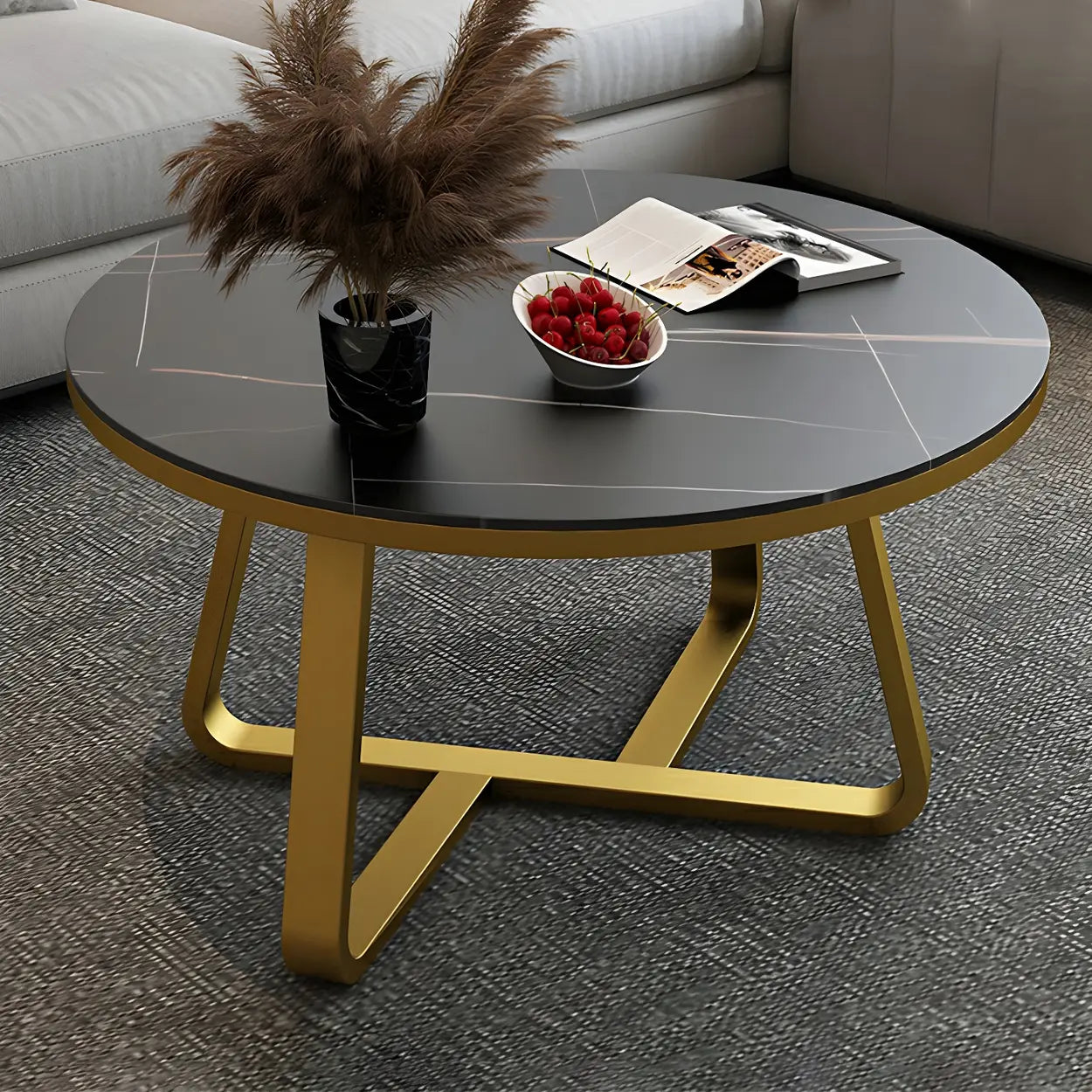
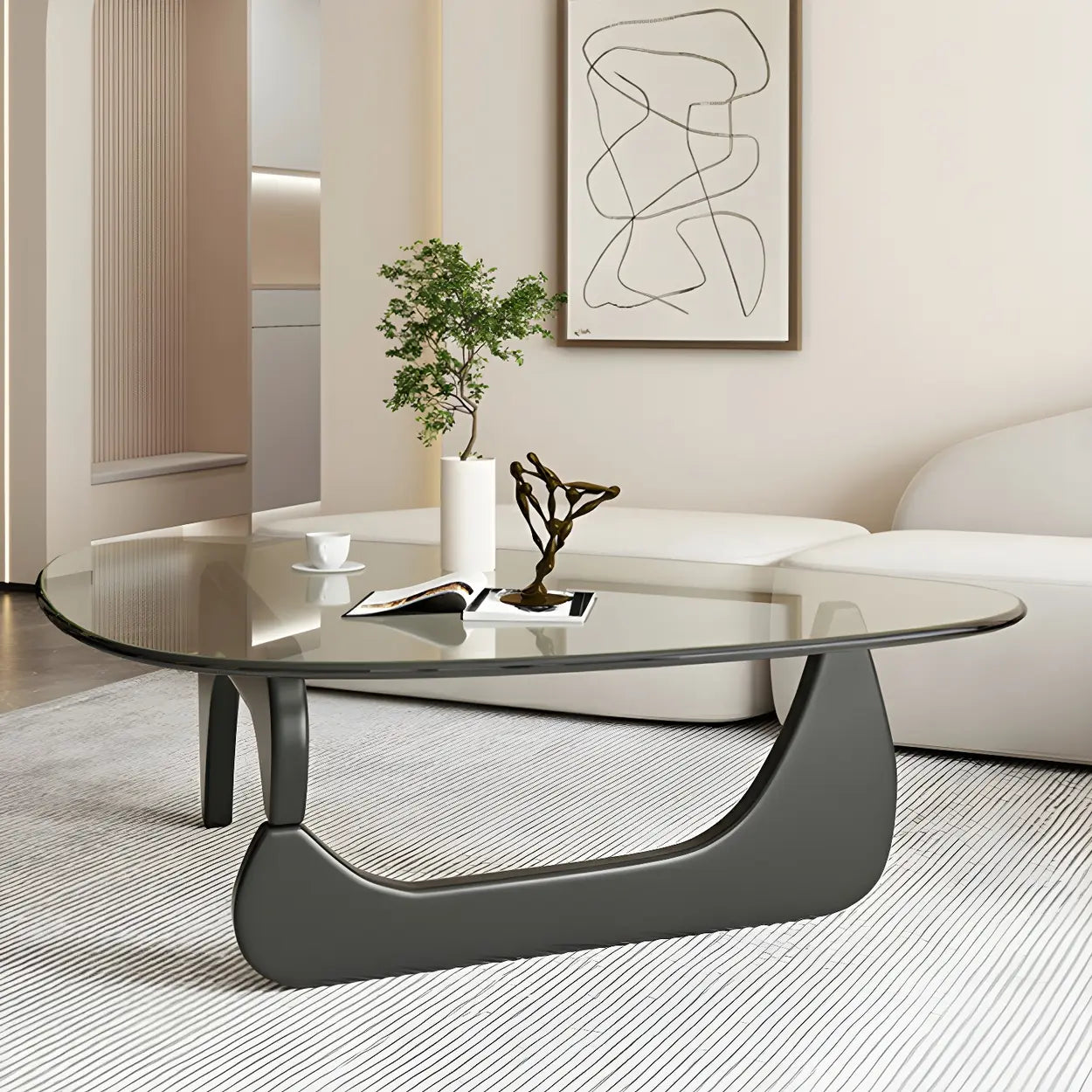
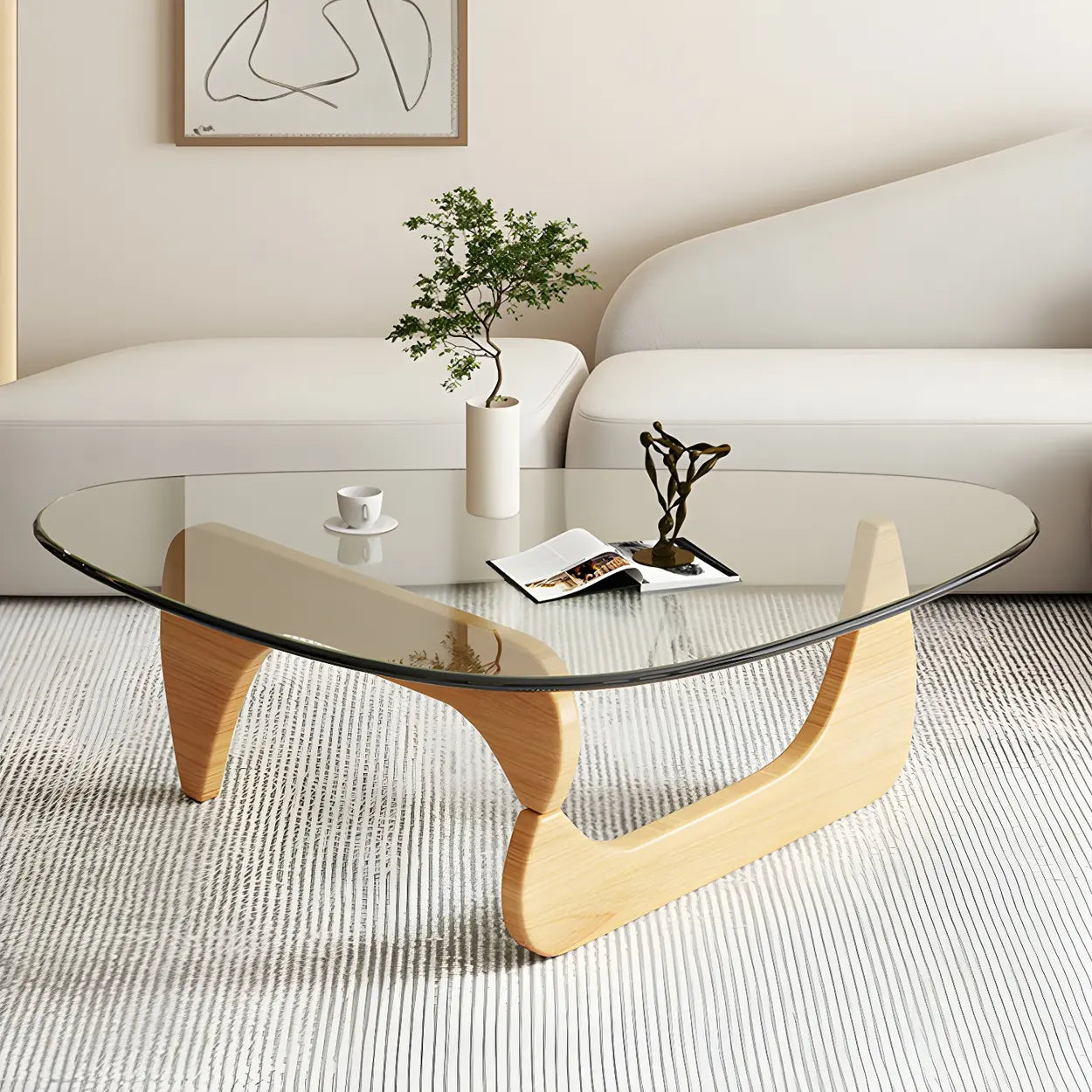



![How to Choose the Coffee Table Height? [2025 Newest Guide]](http://www.homebaa.com/cdn/shop/articles/coffee-table-height.webp?v=1749523259)
